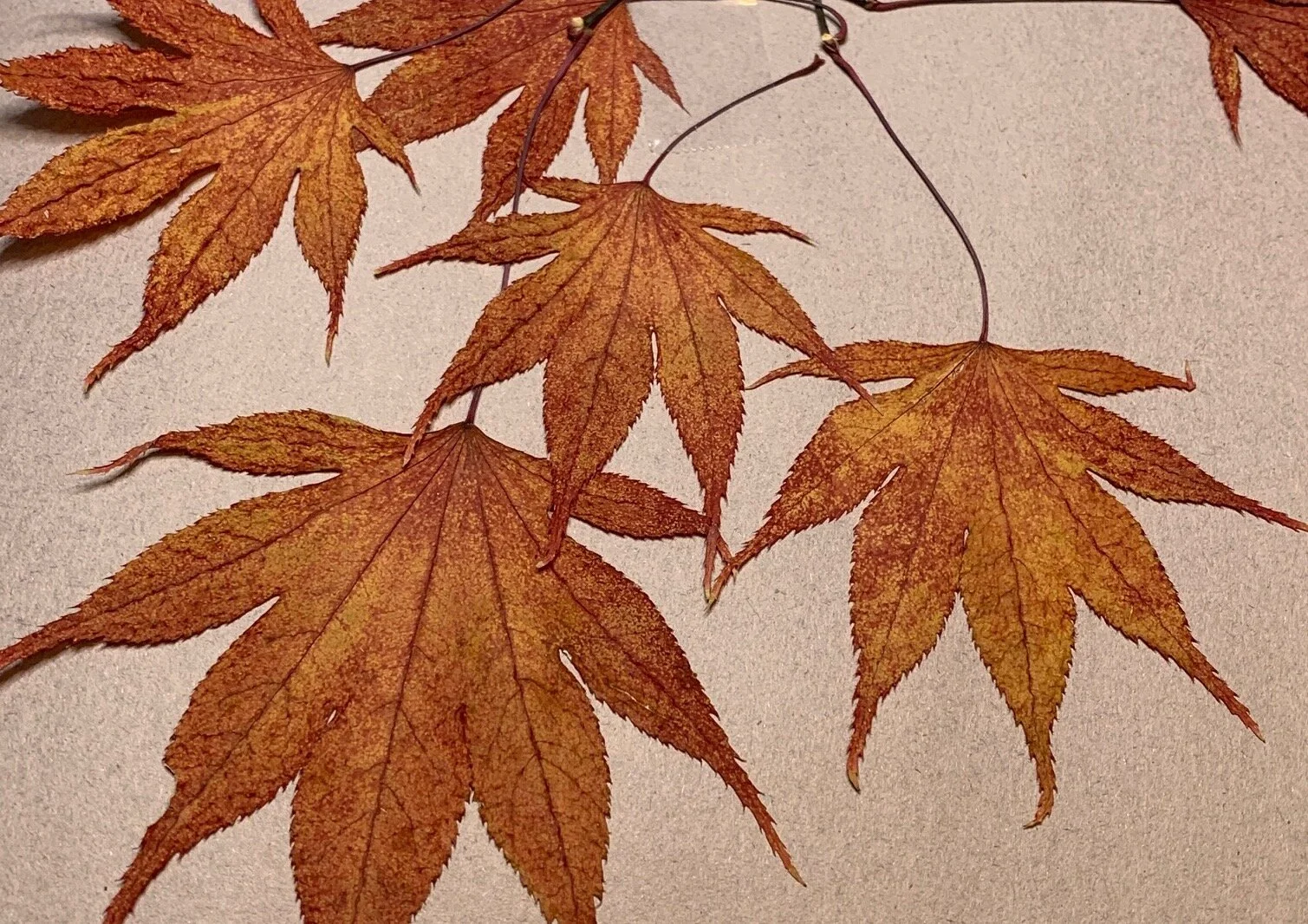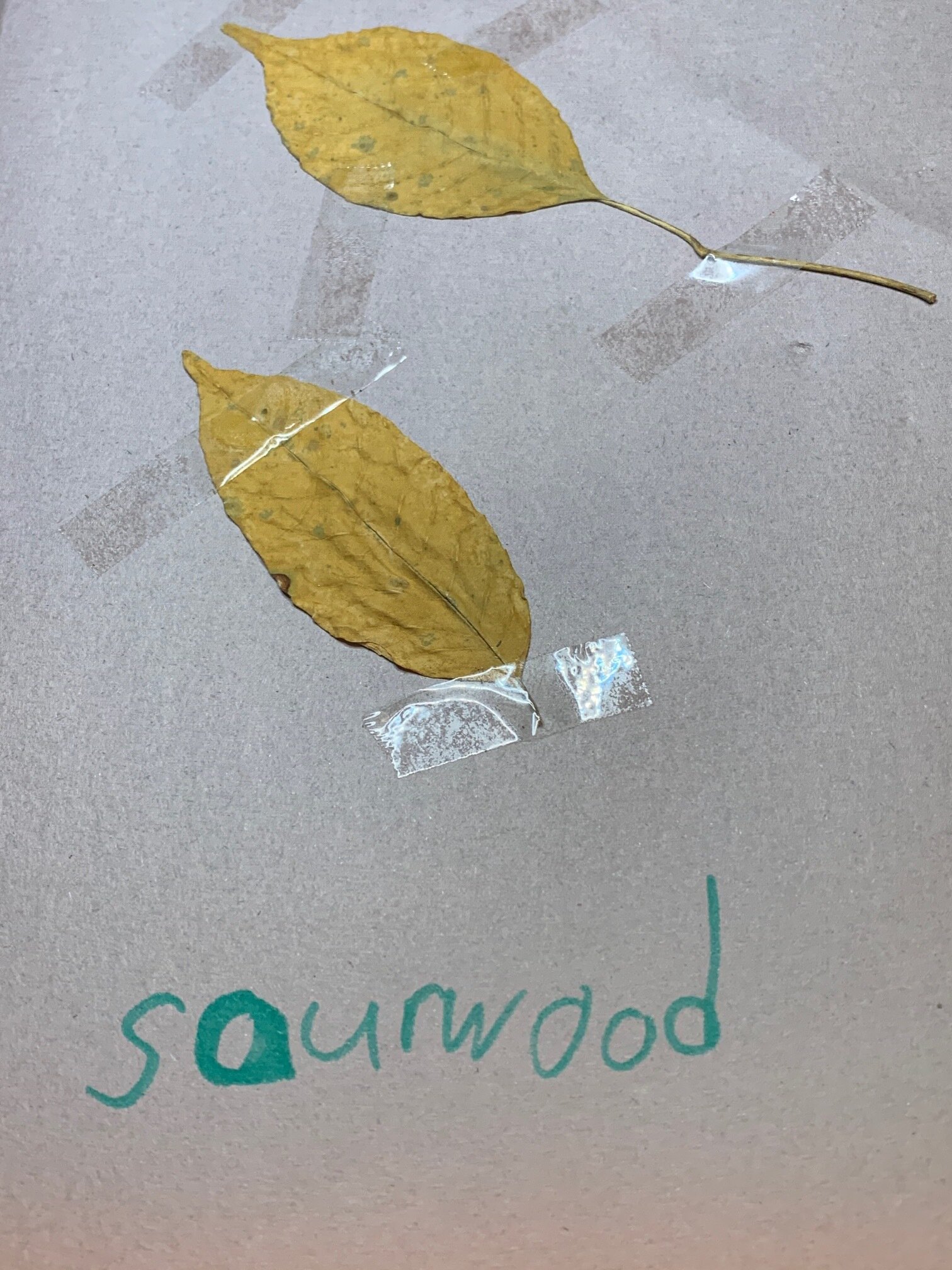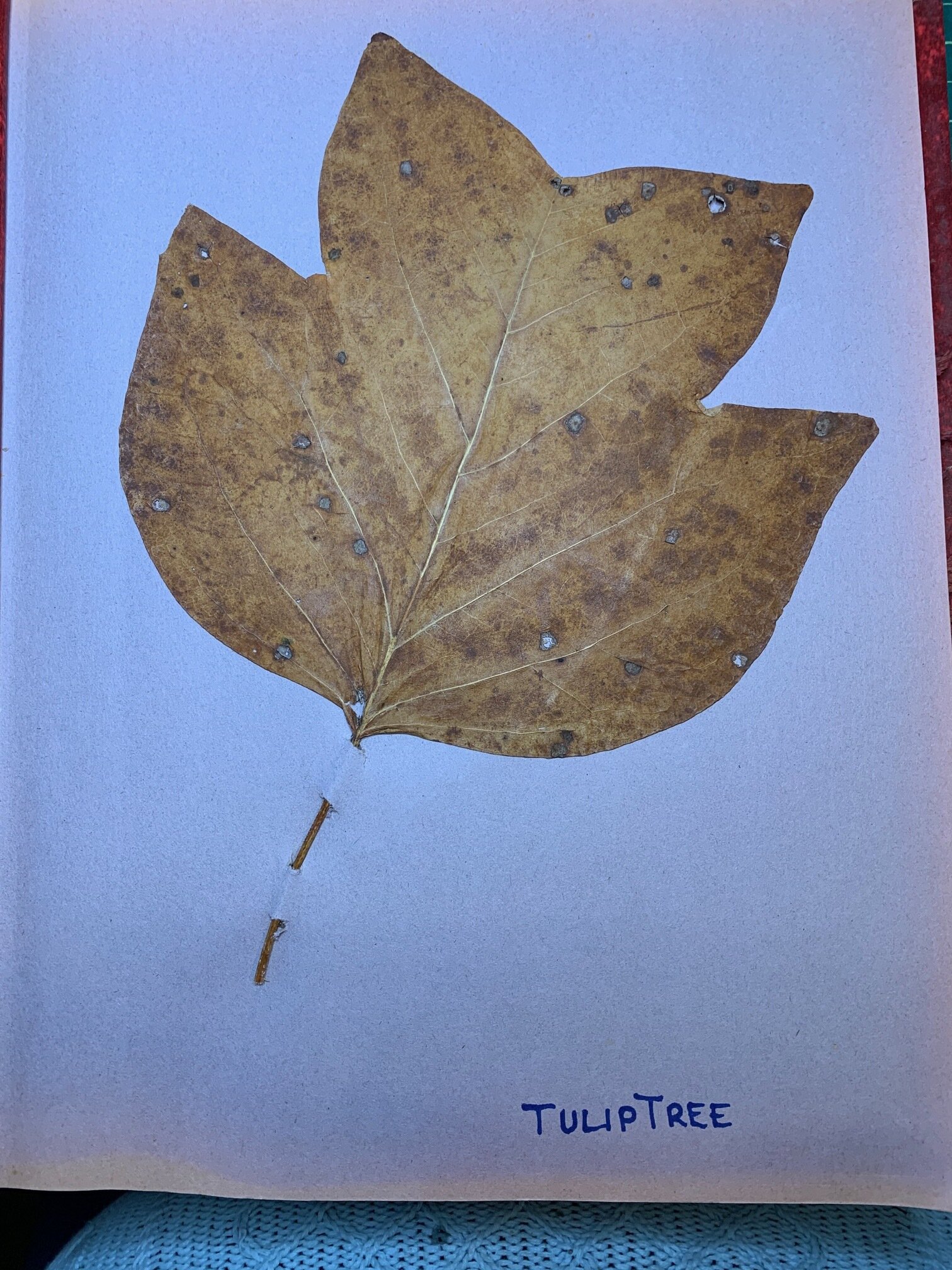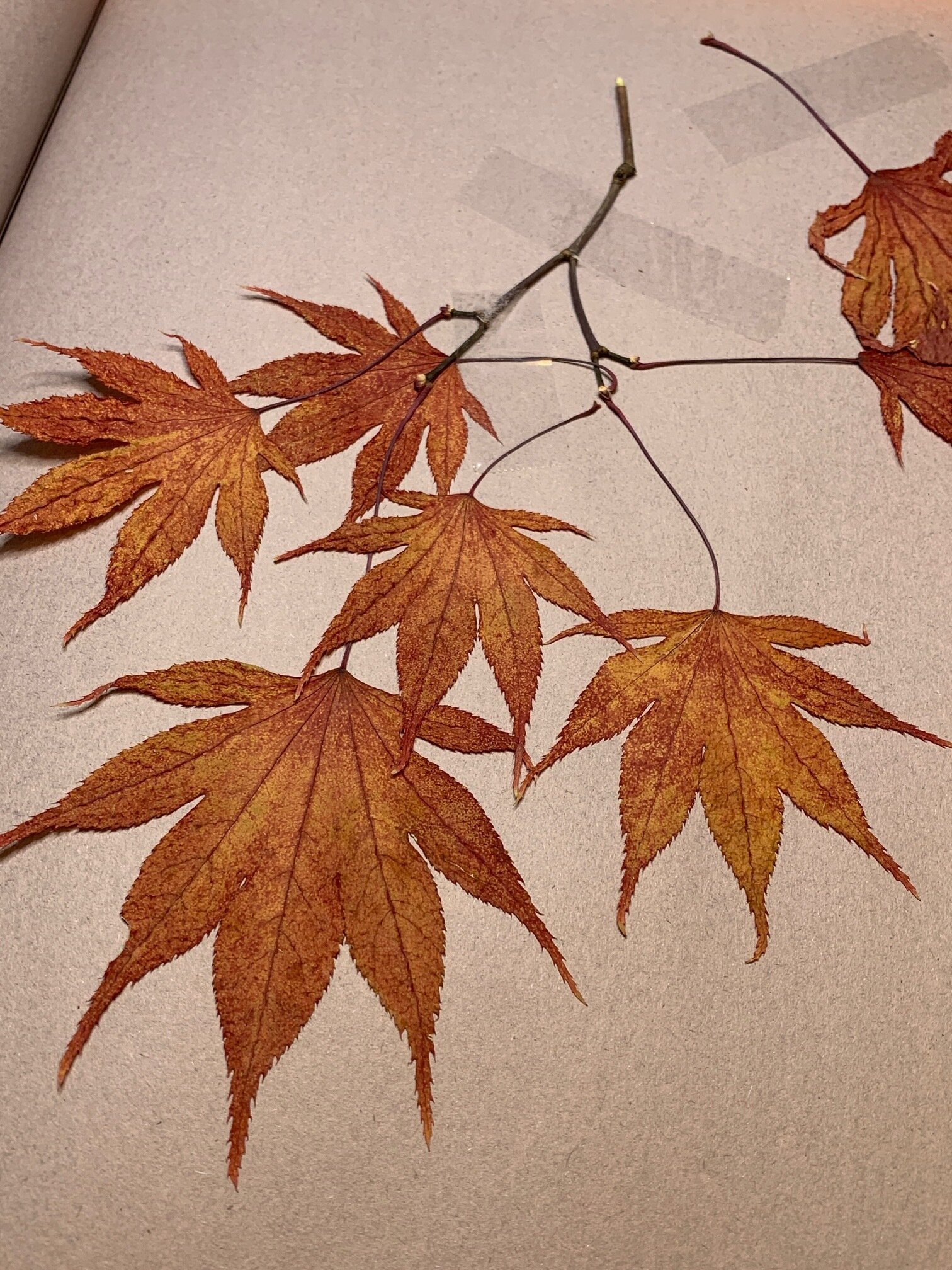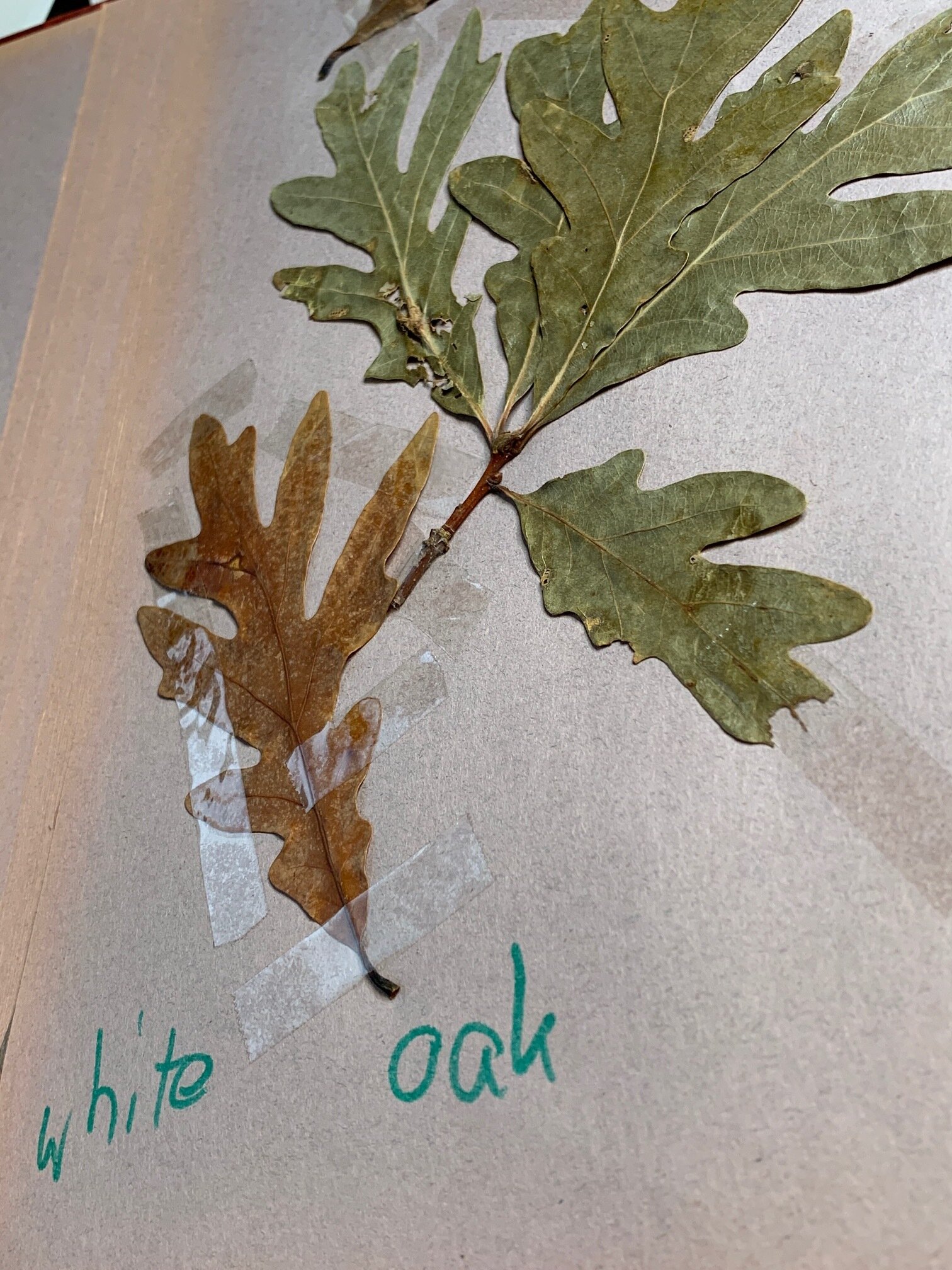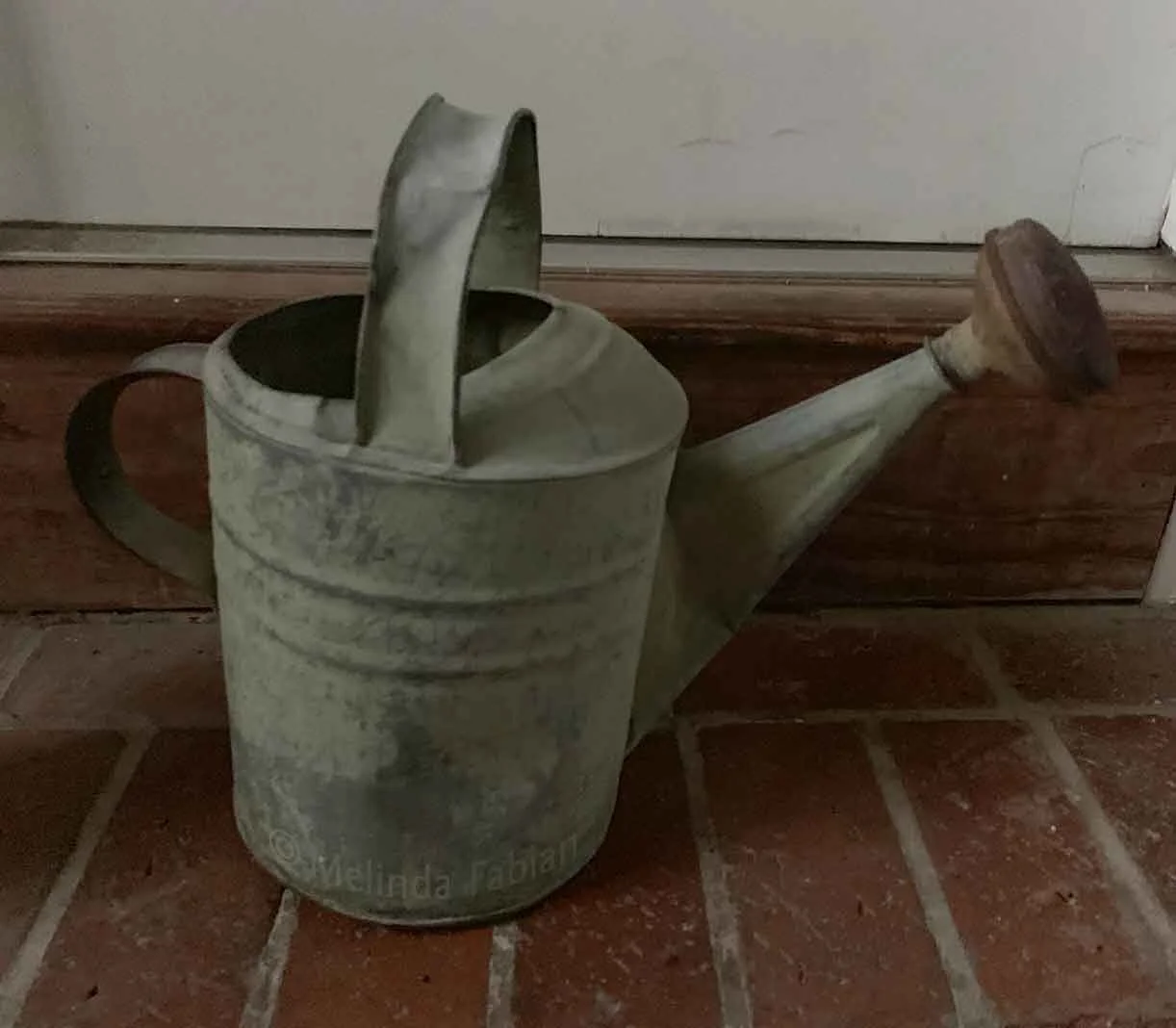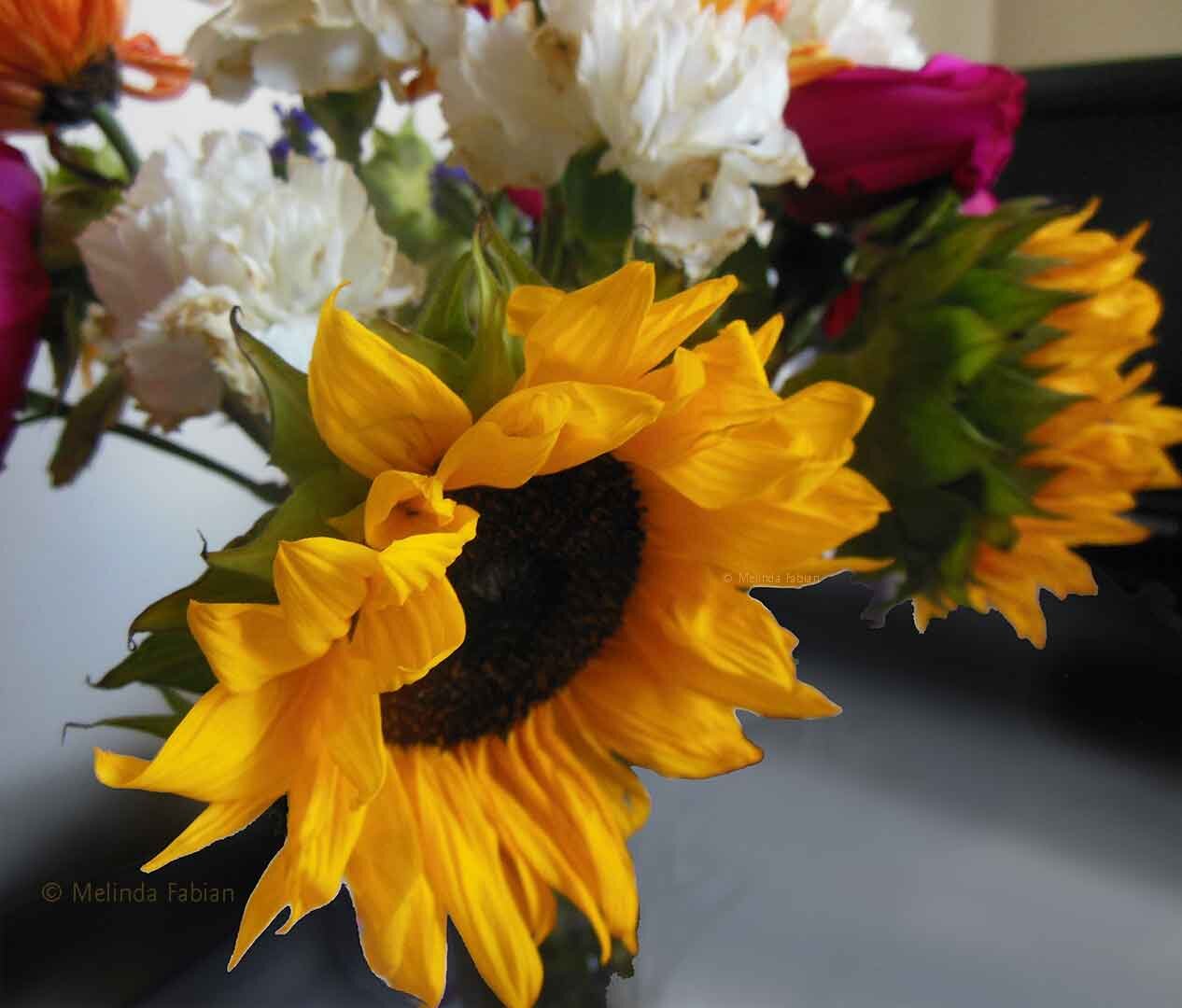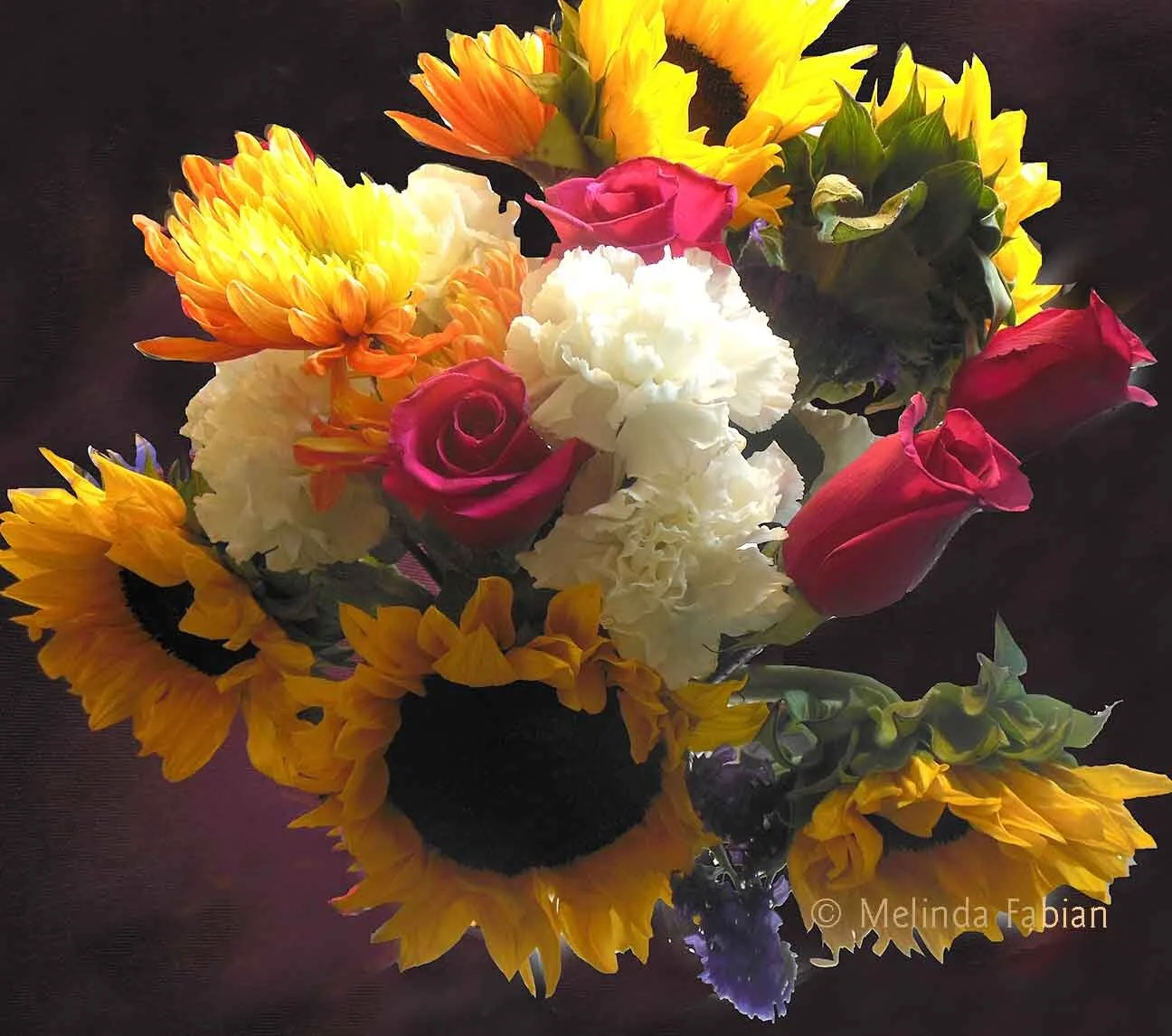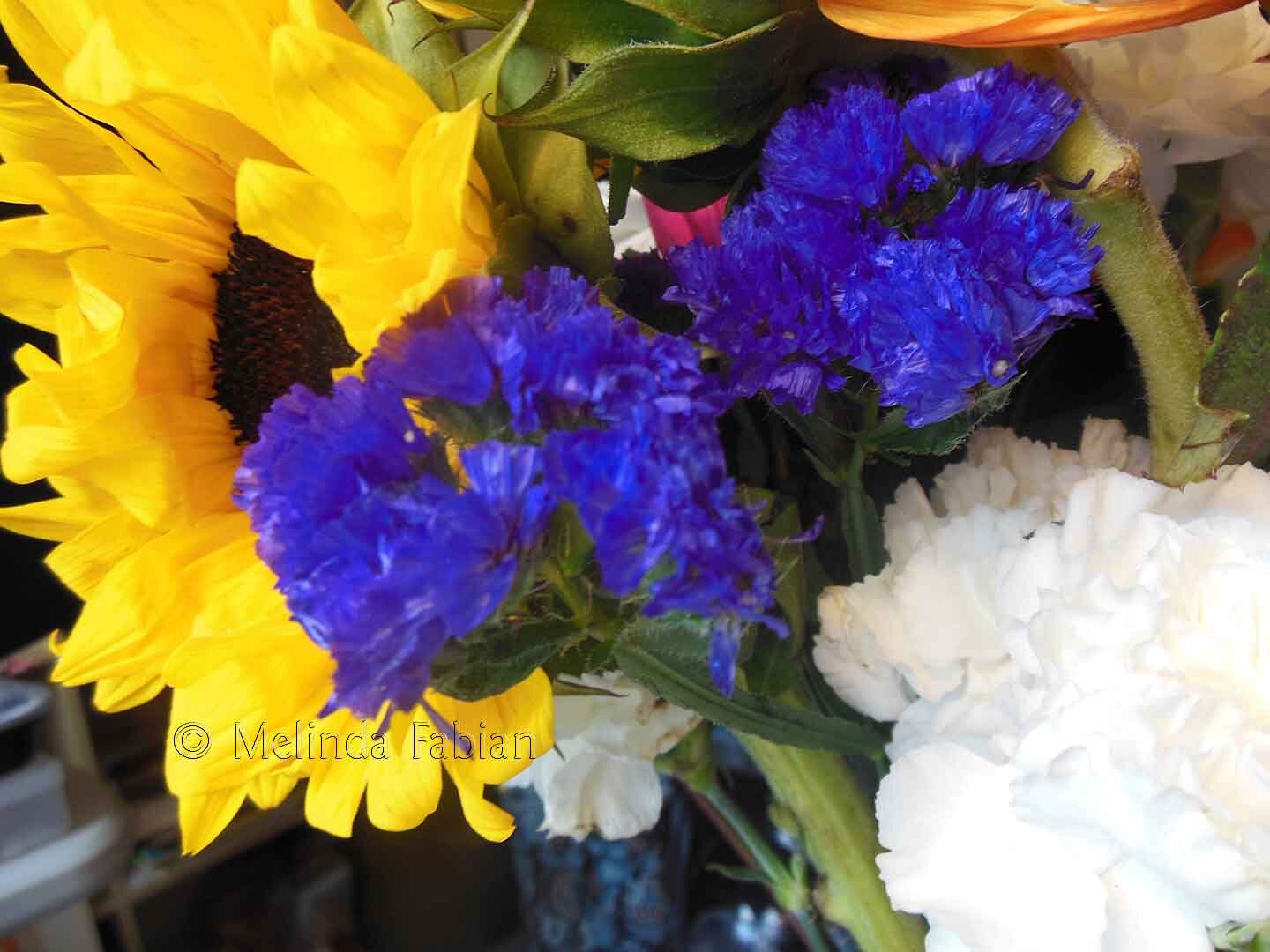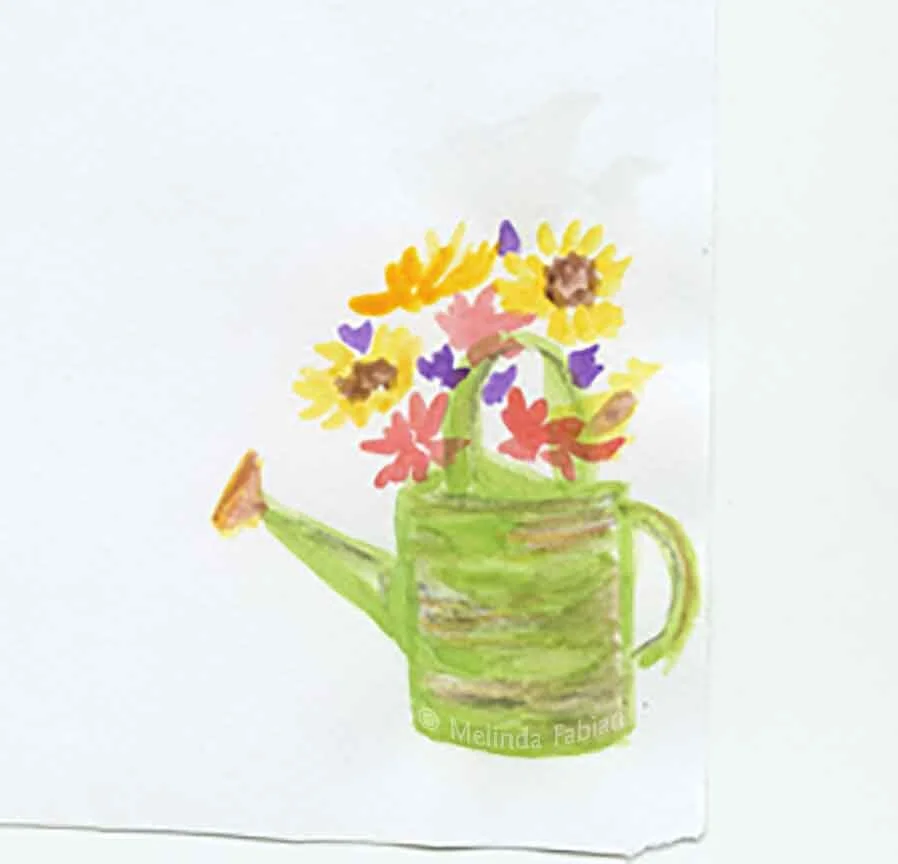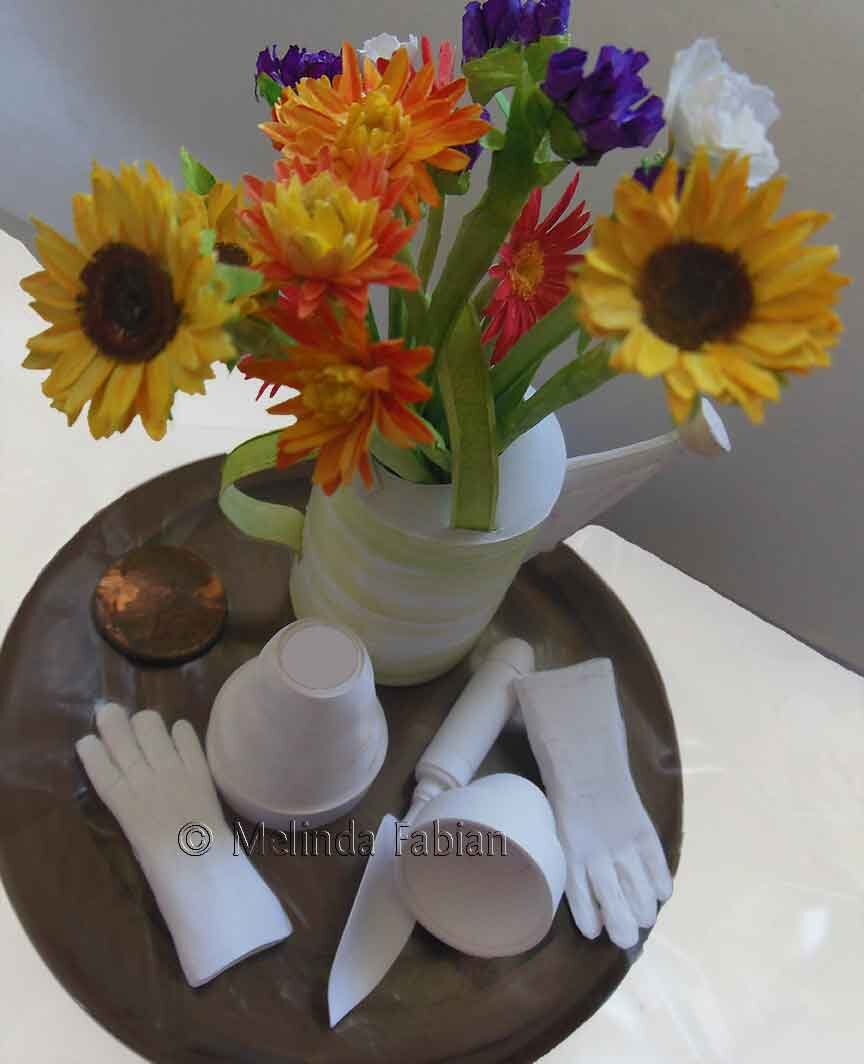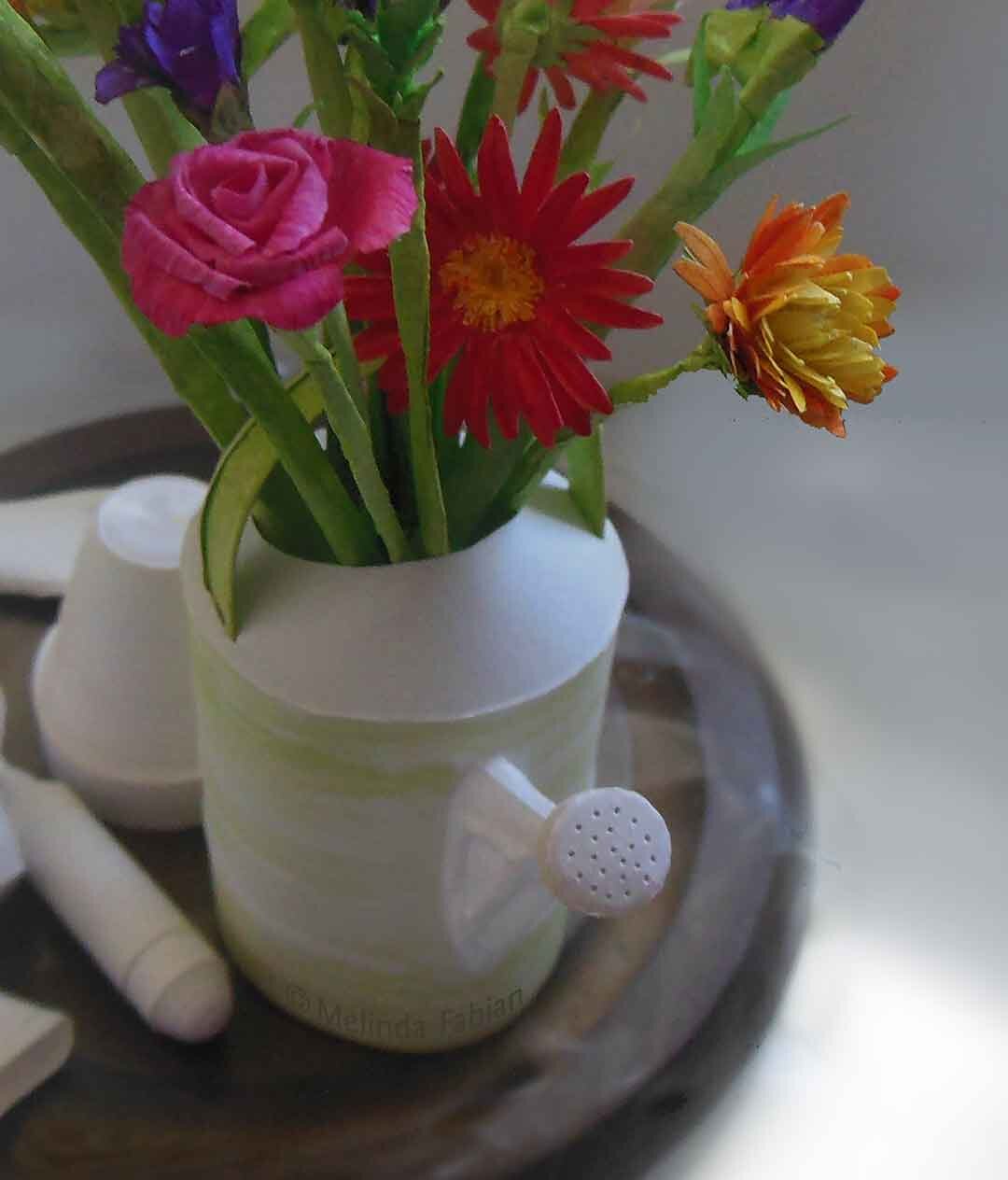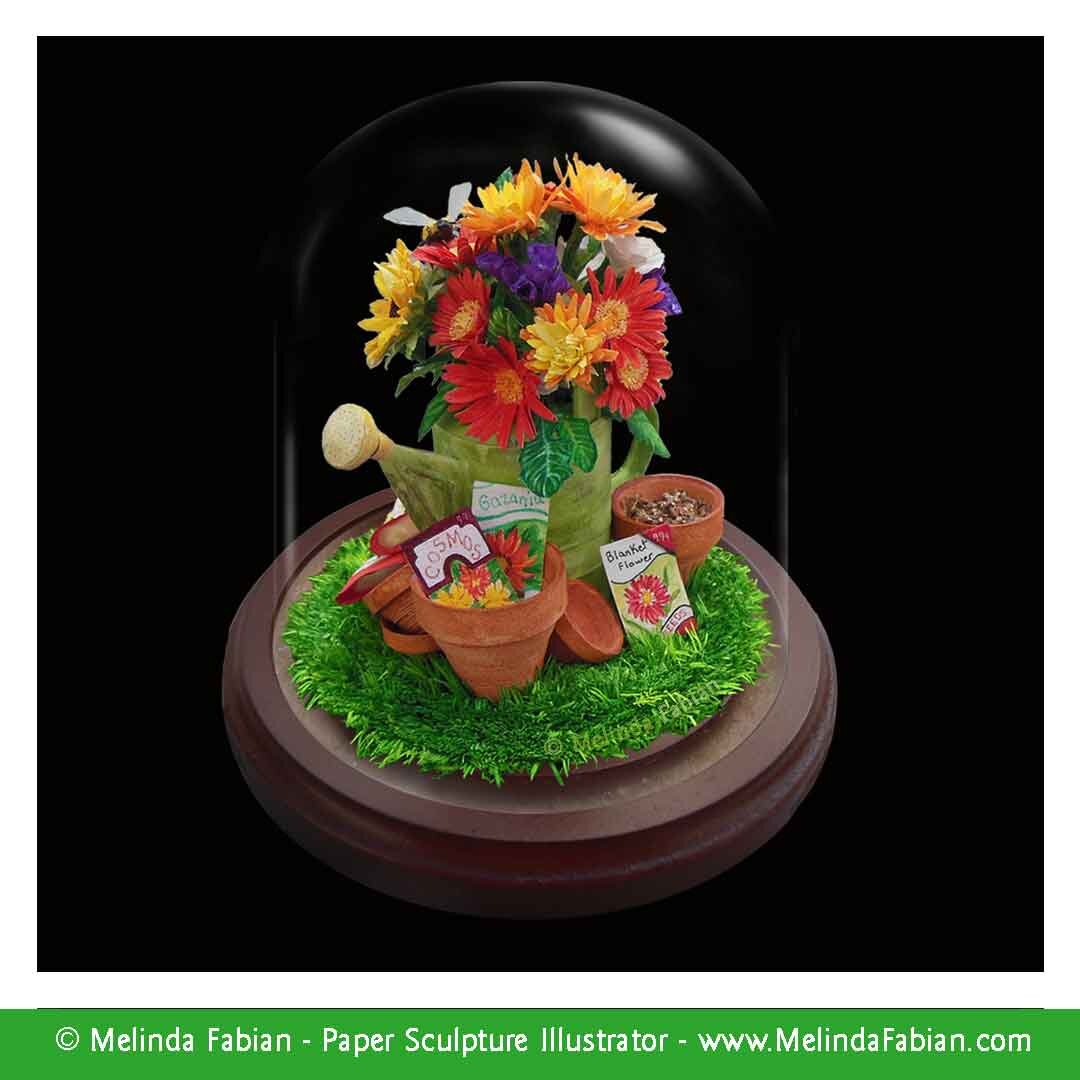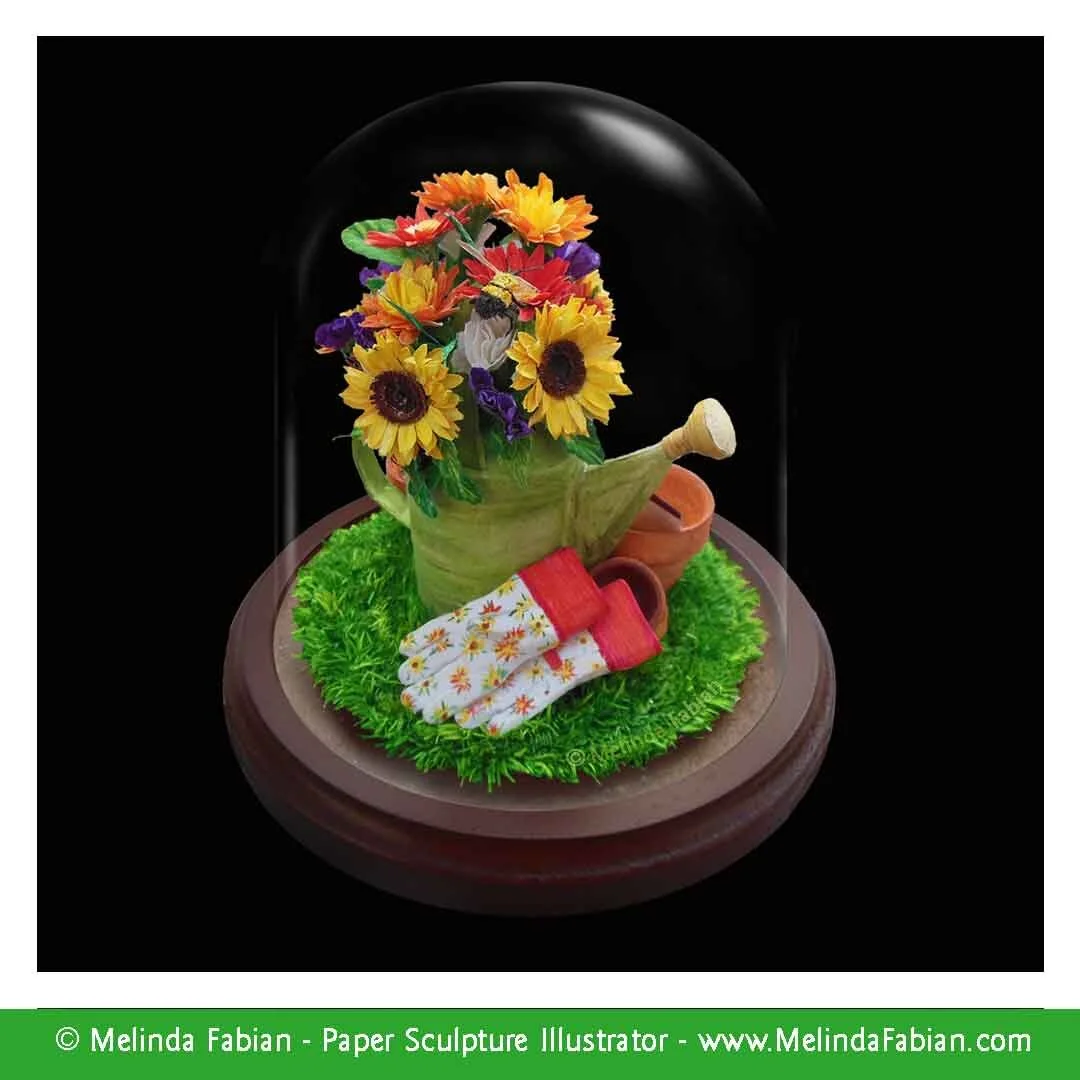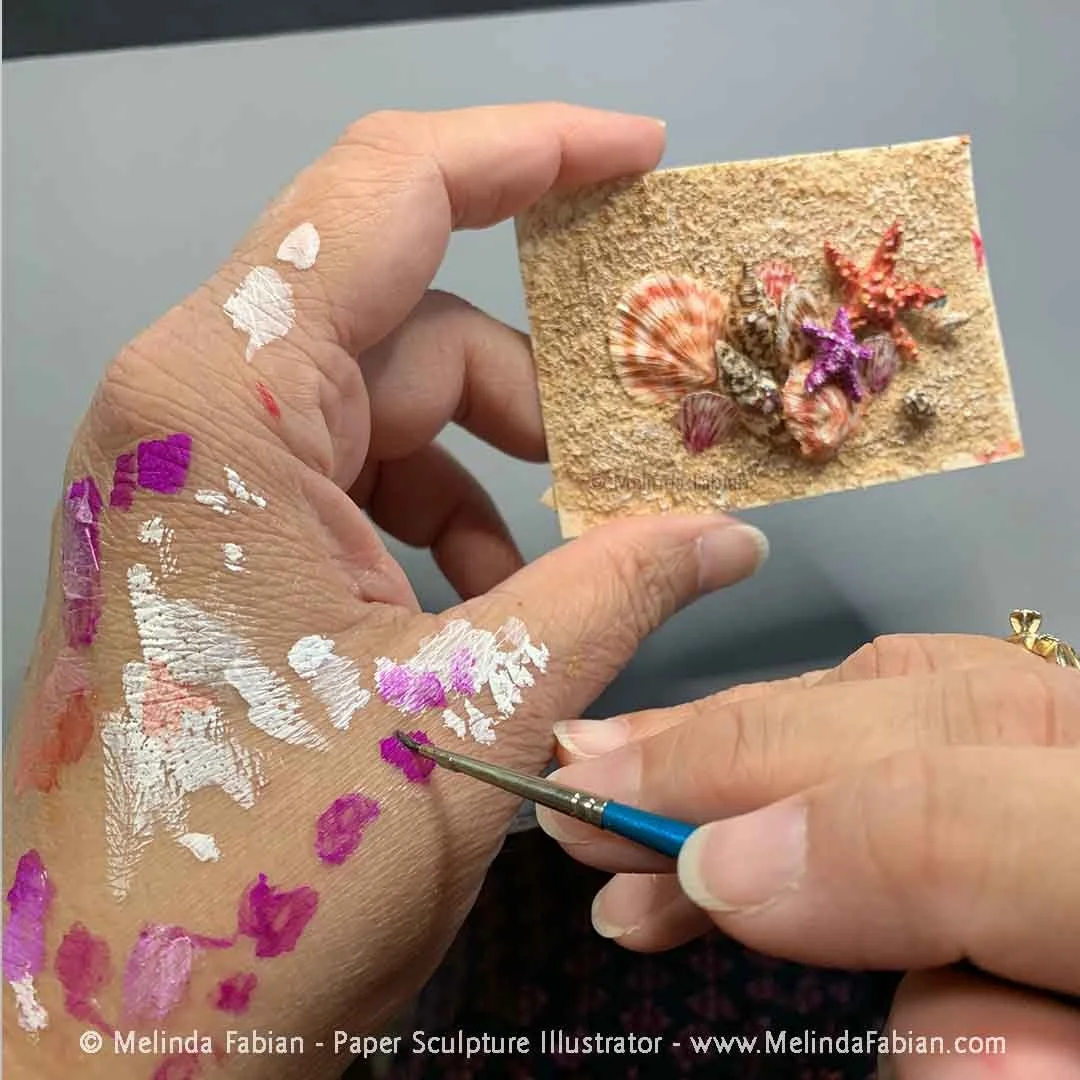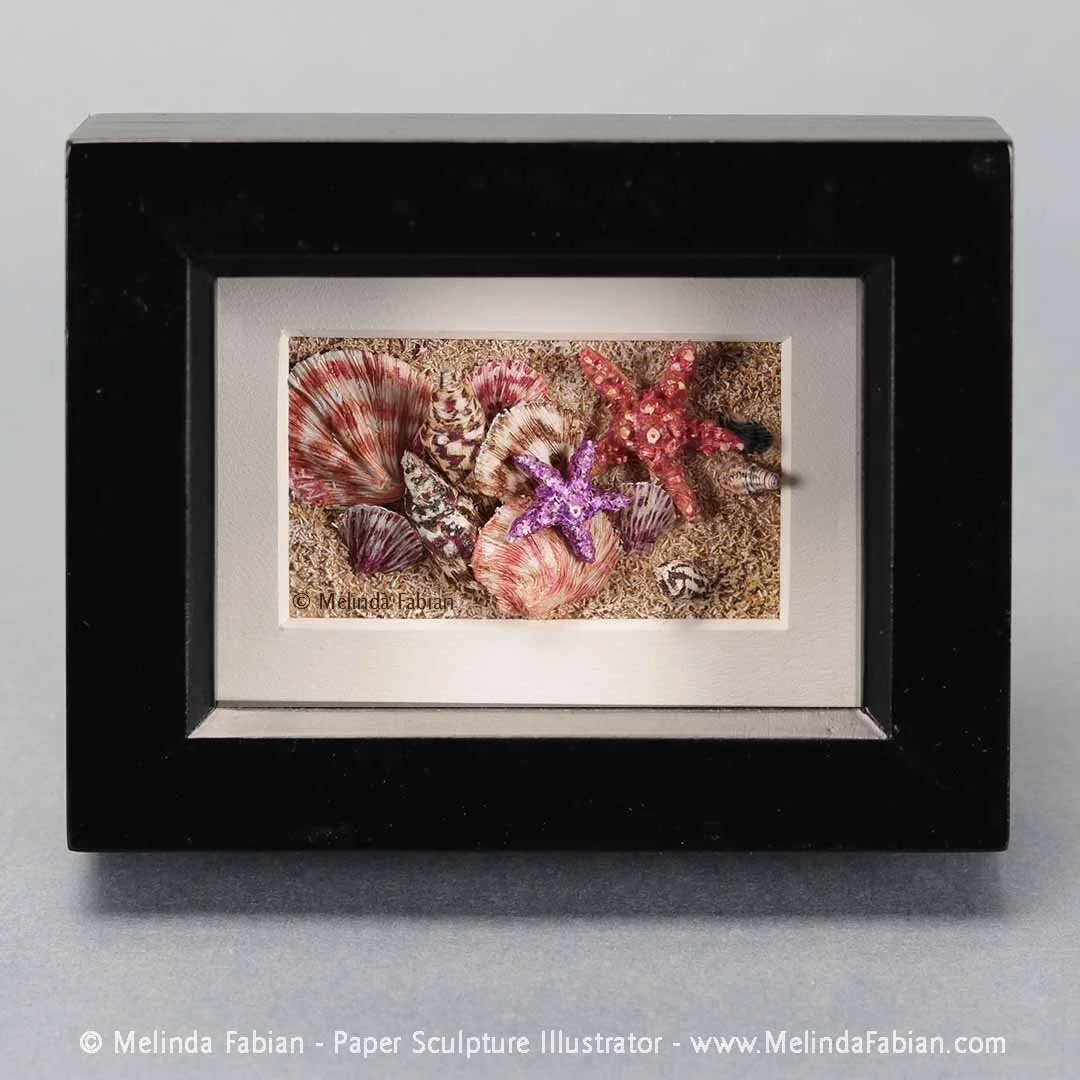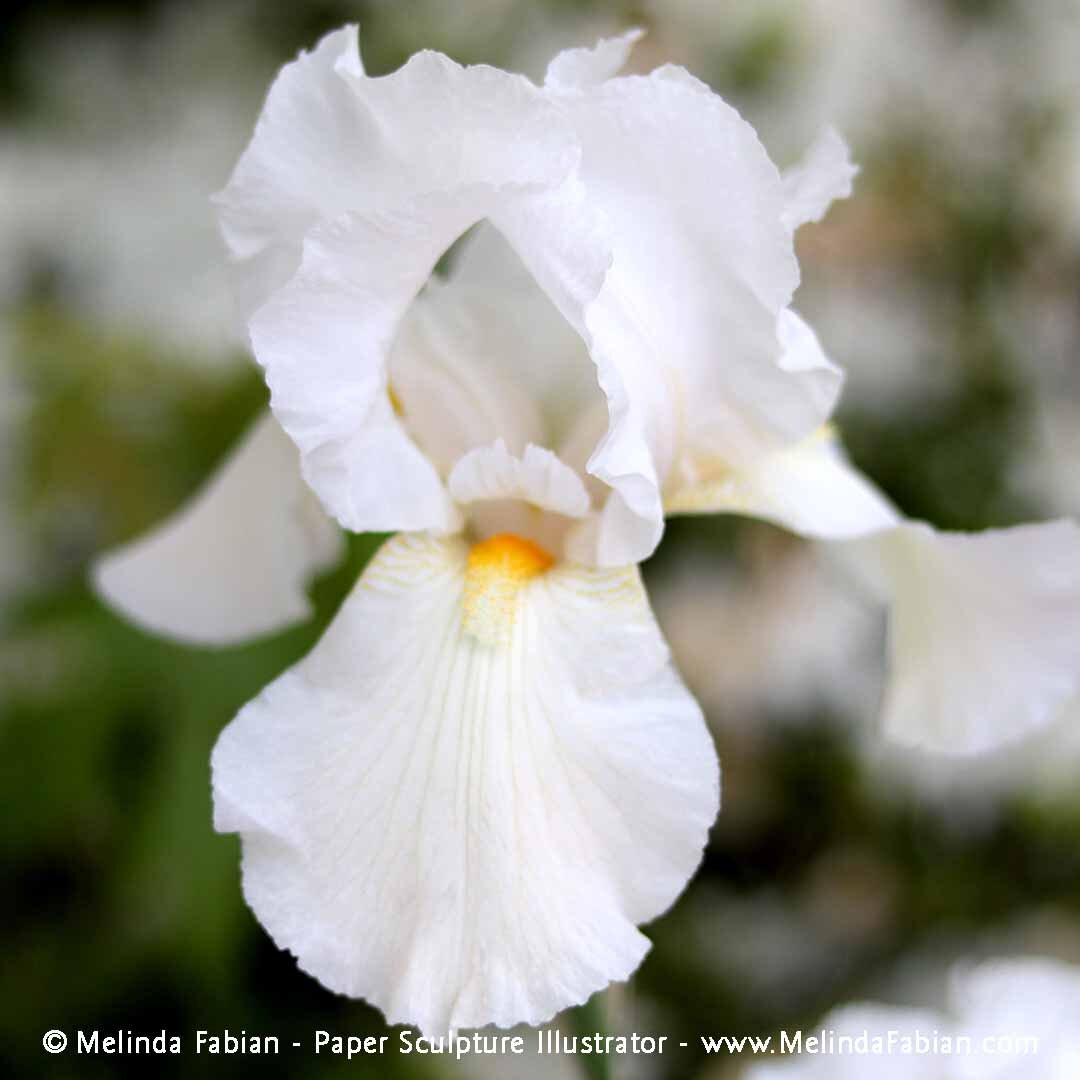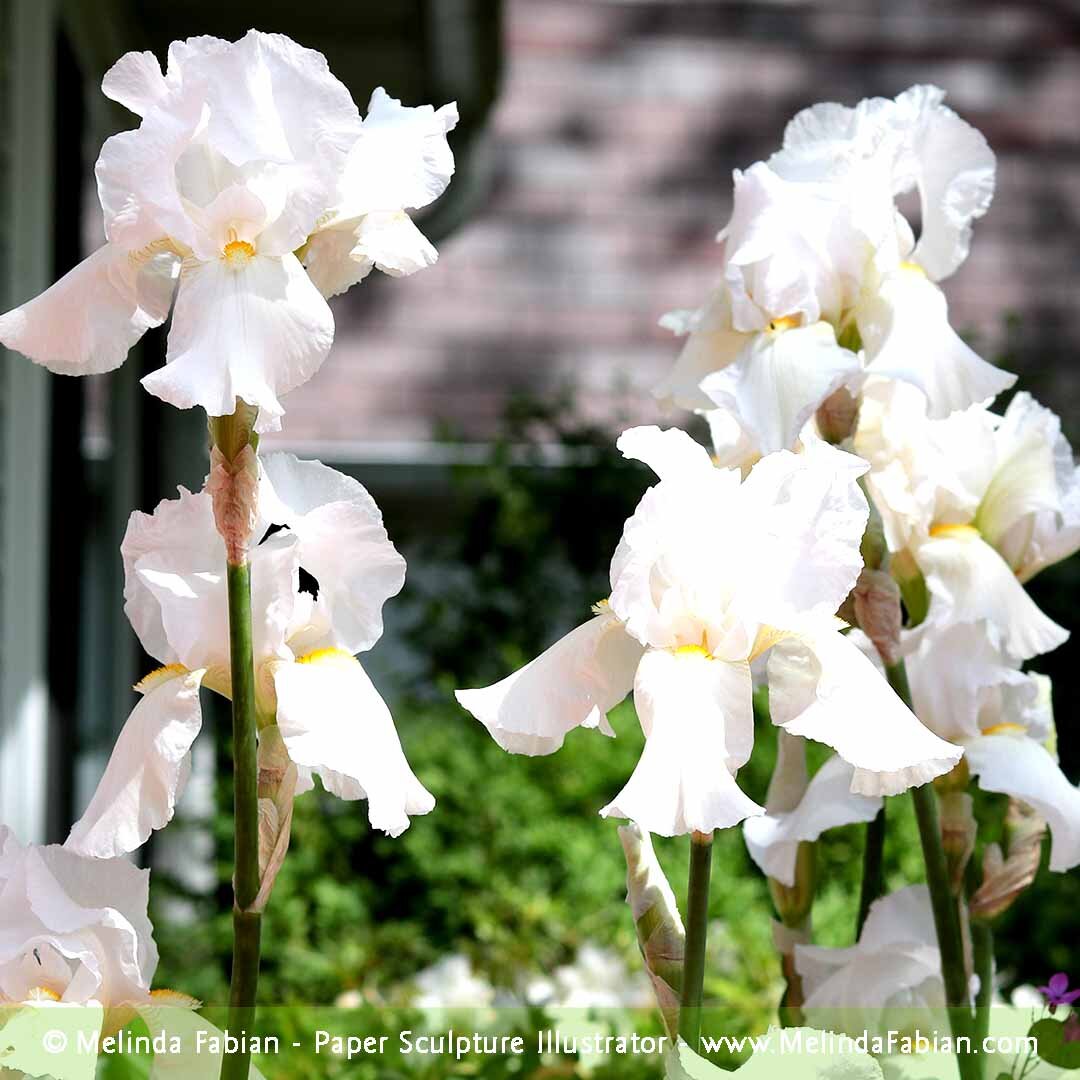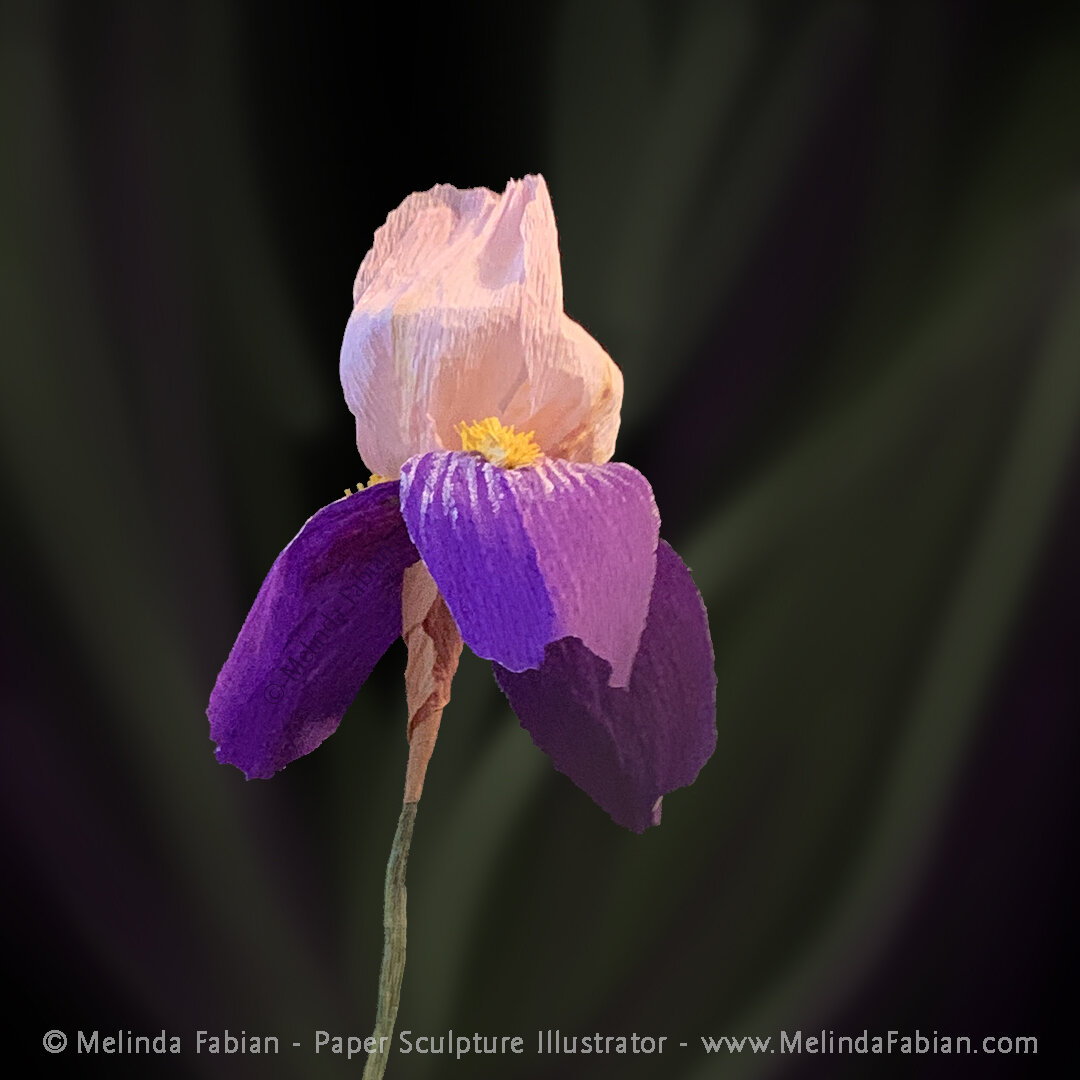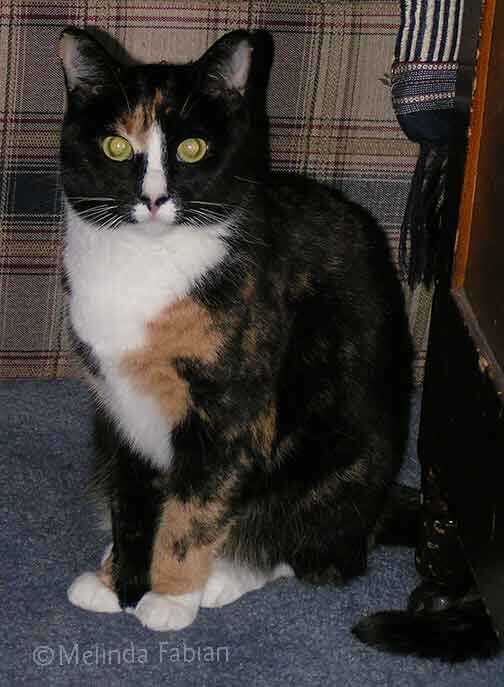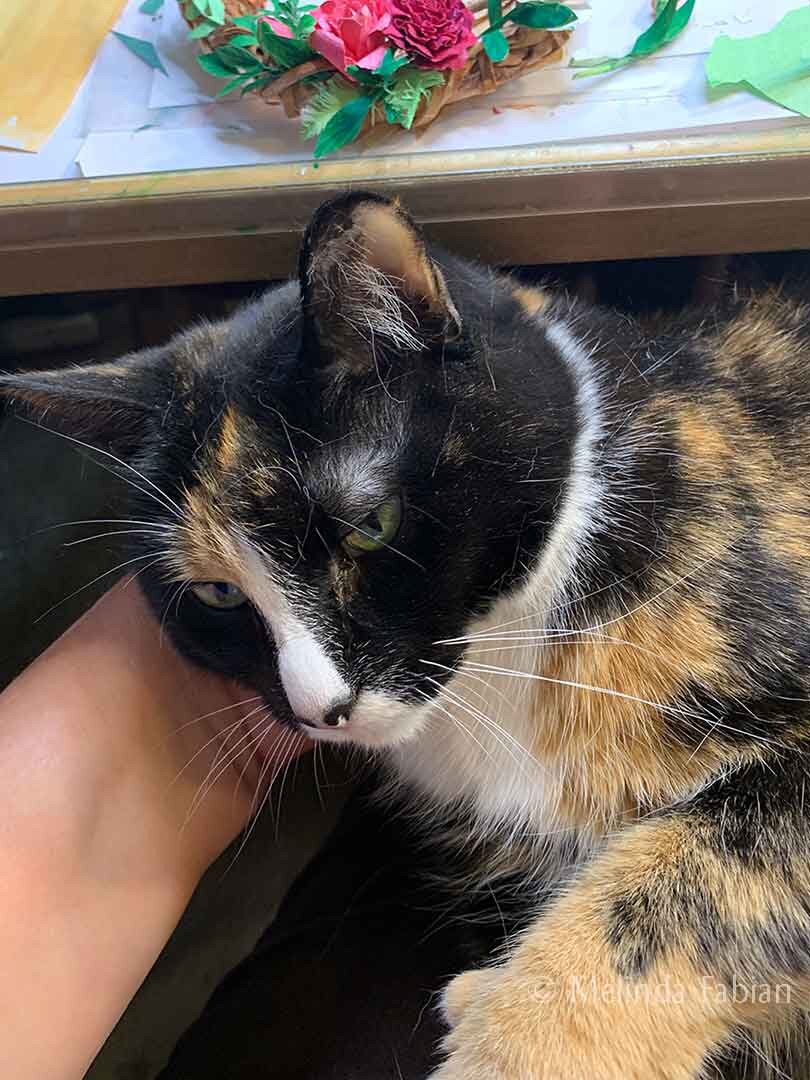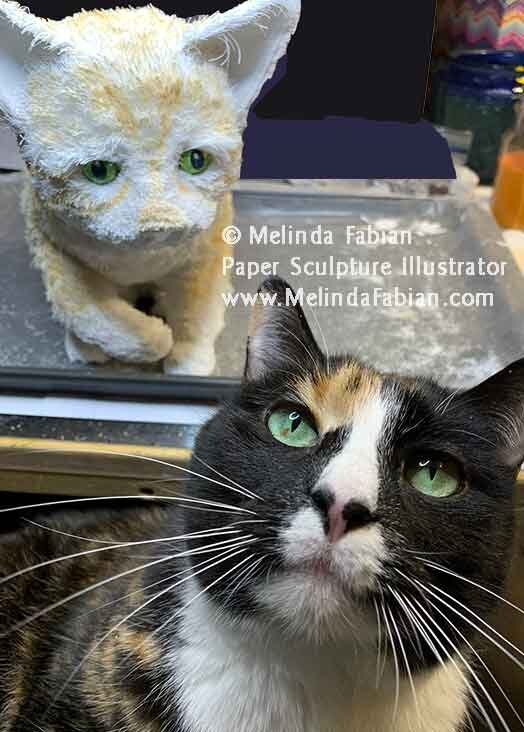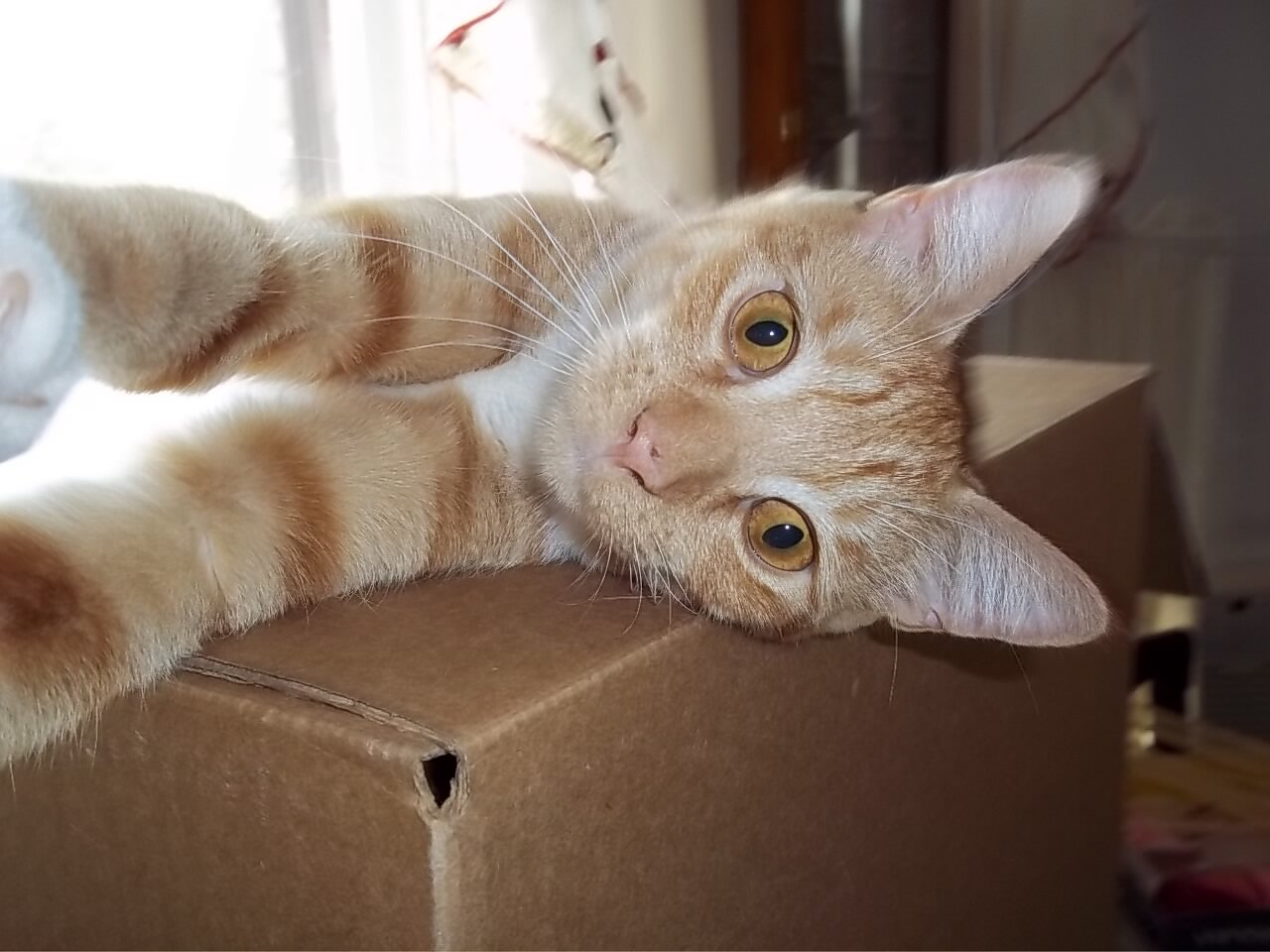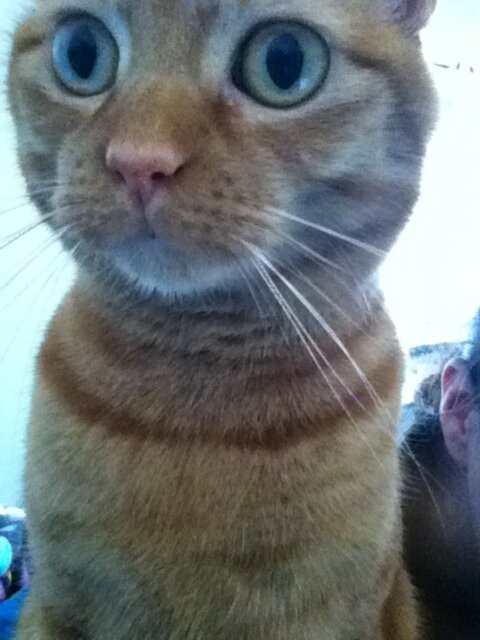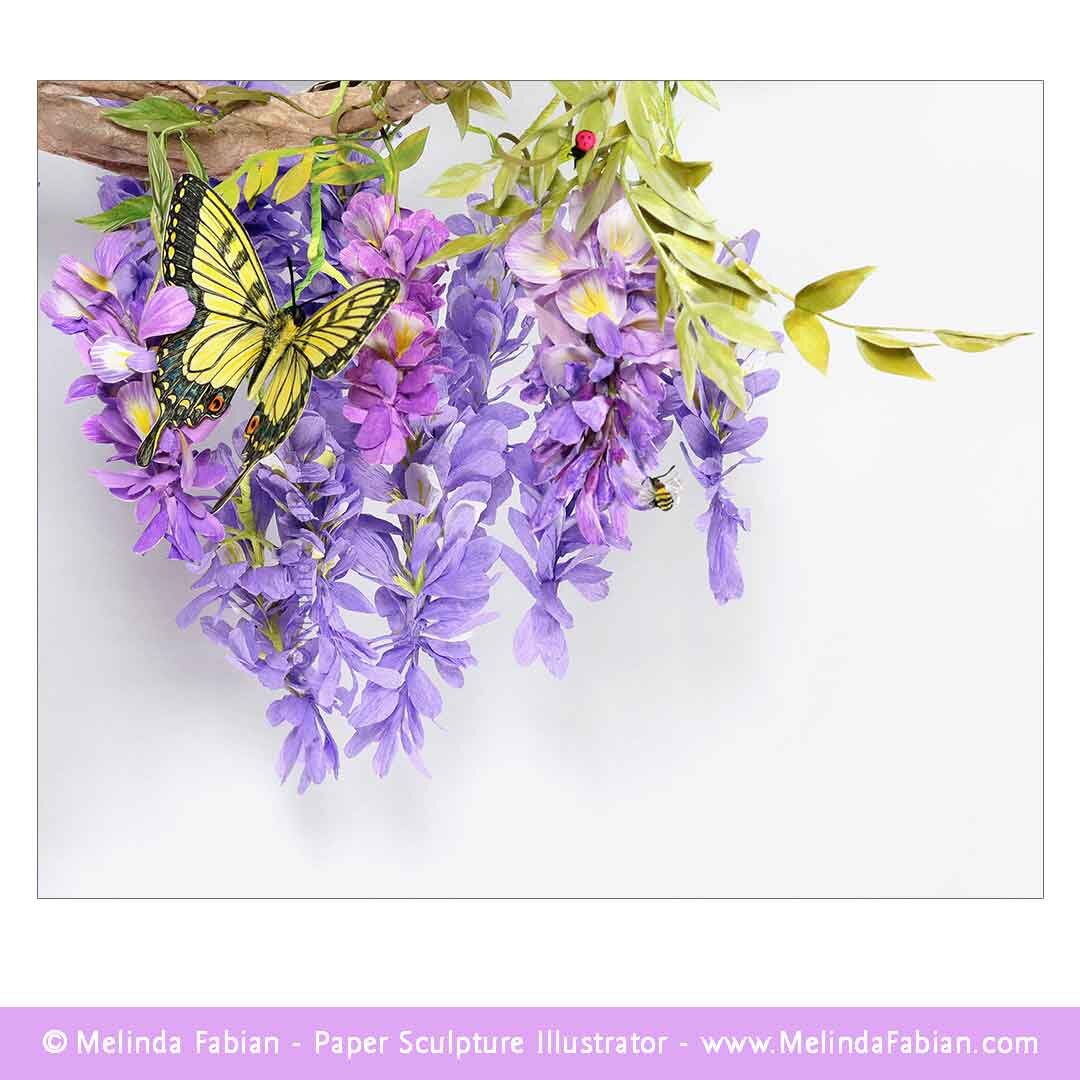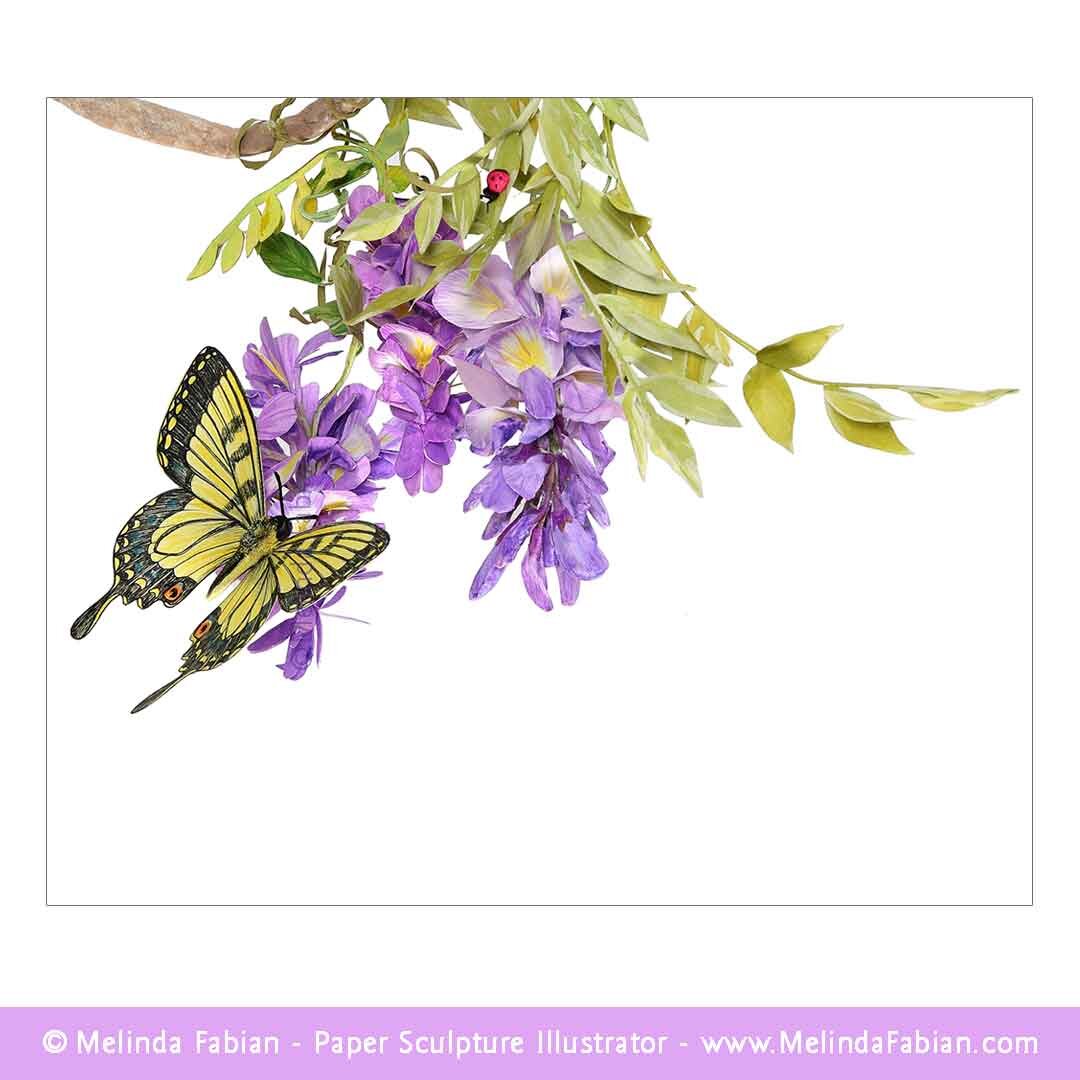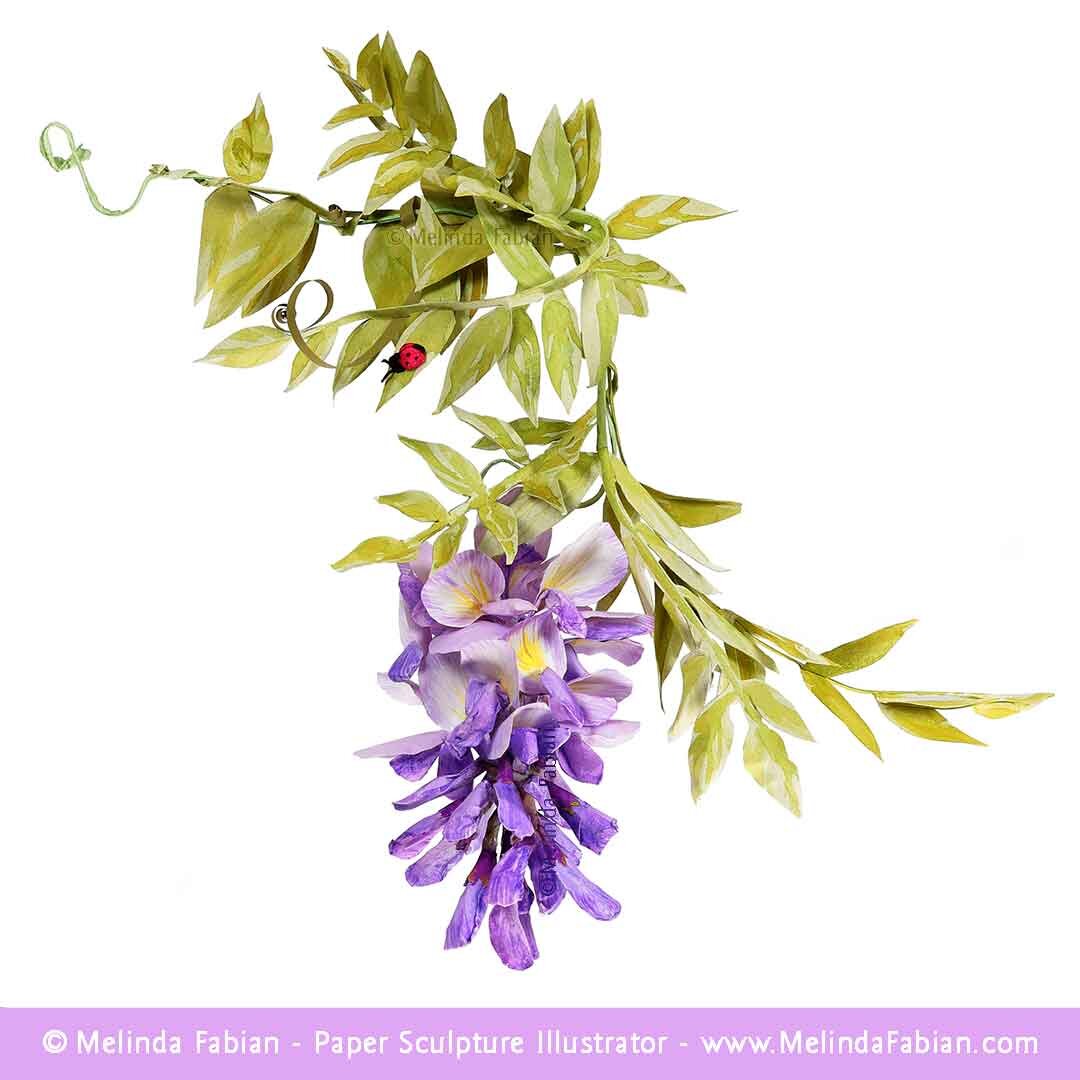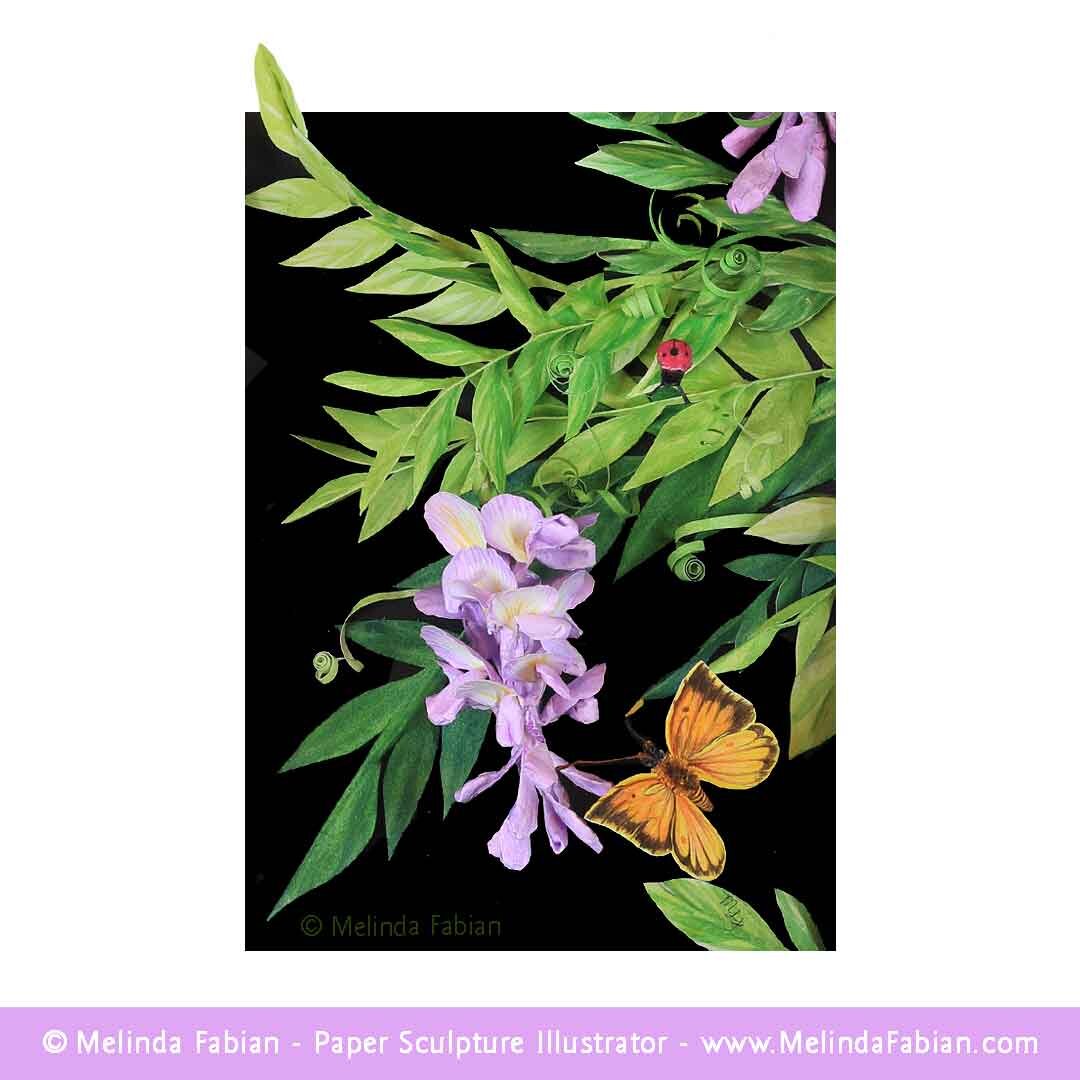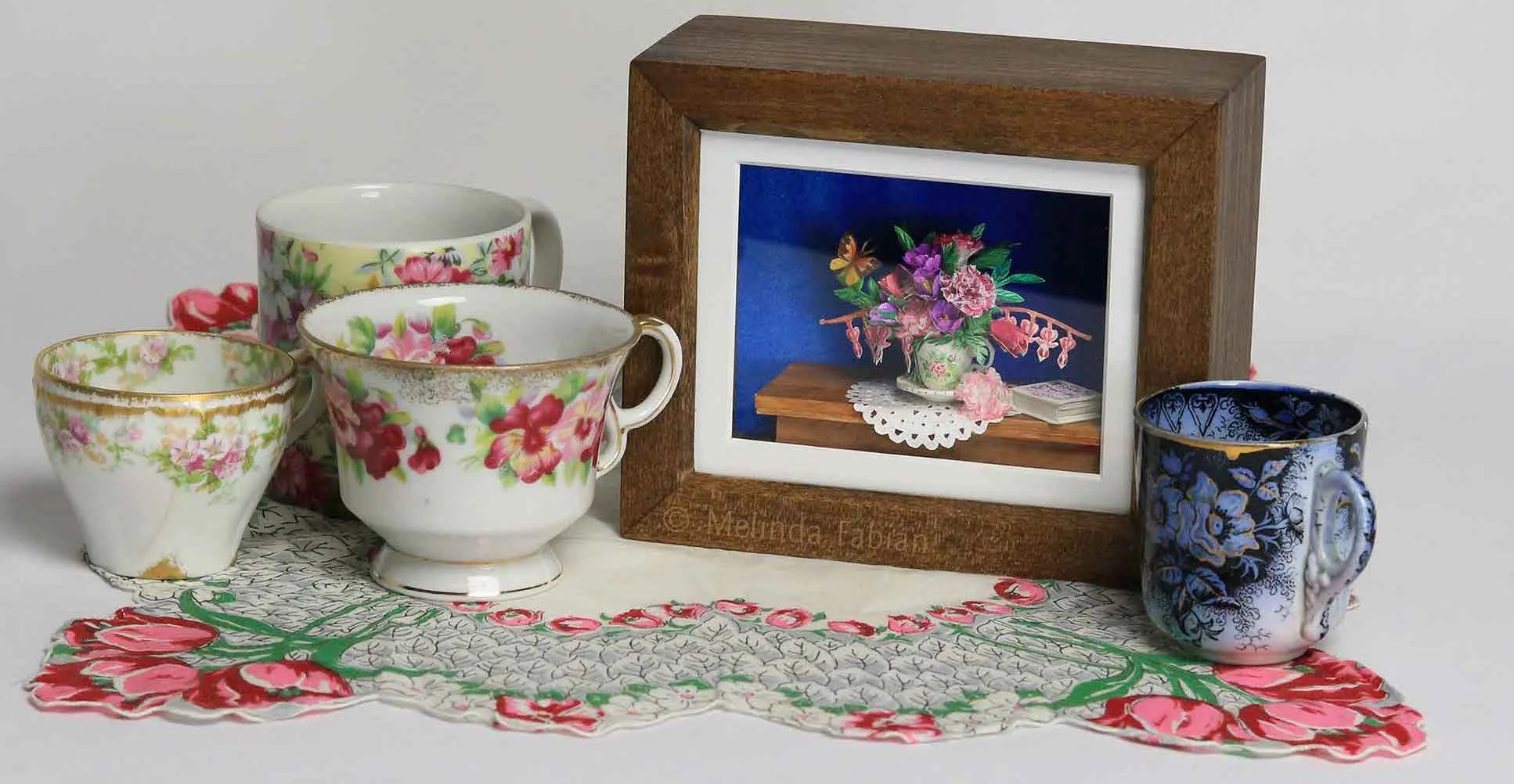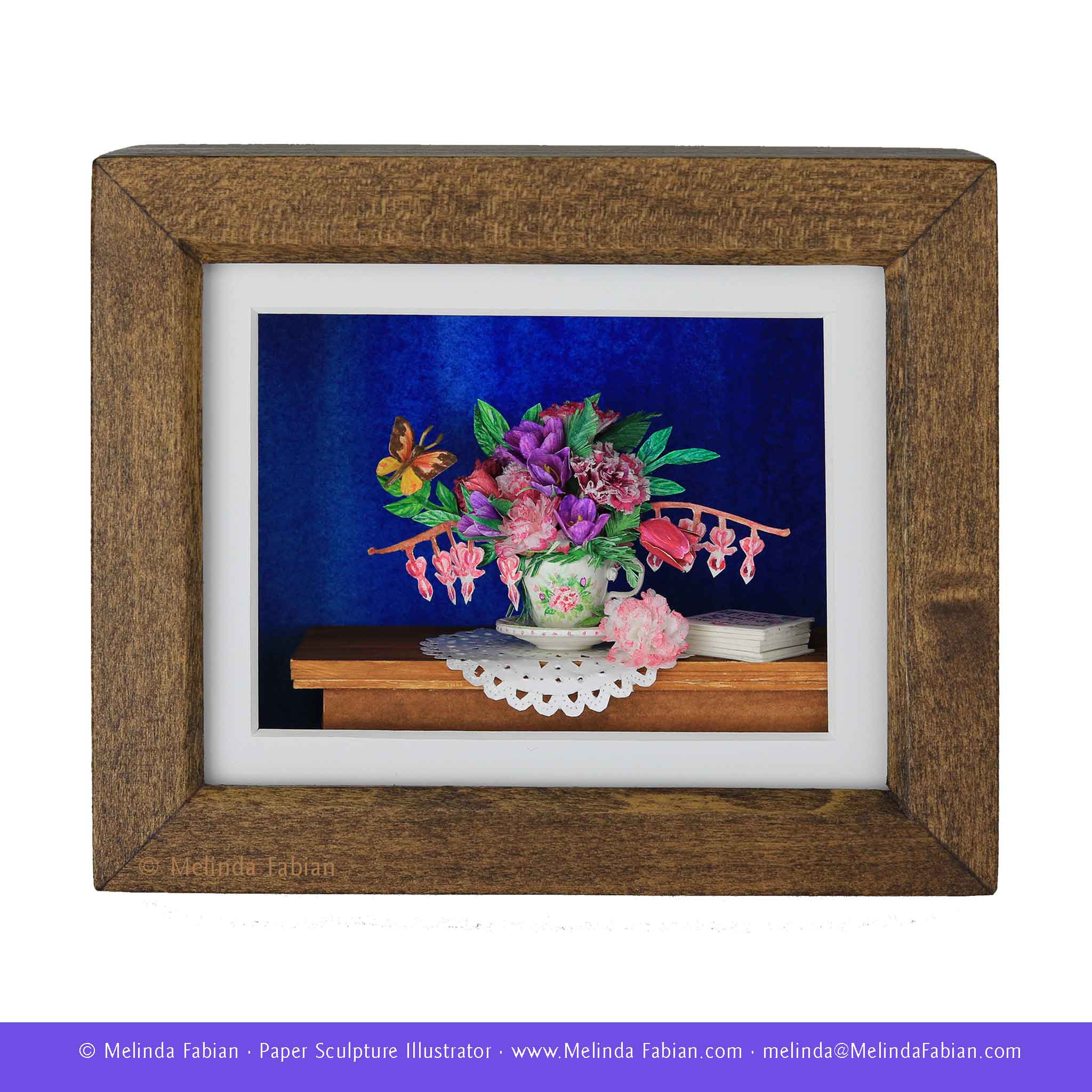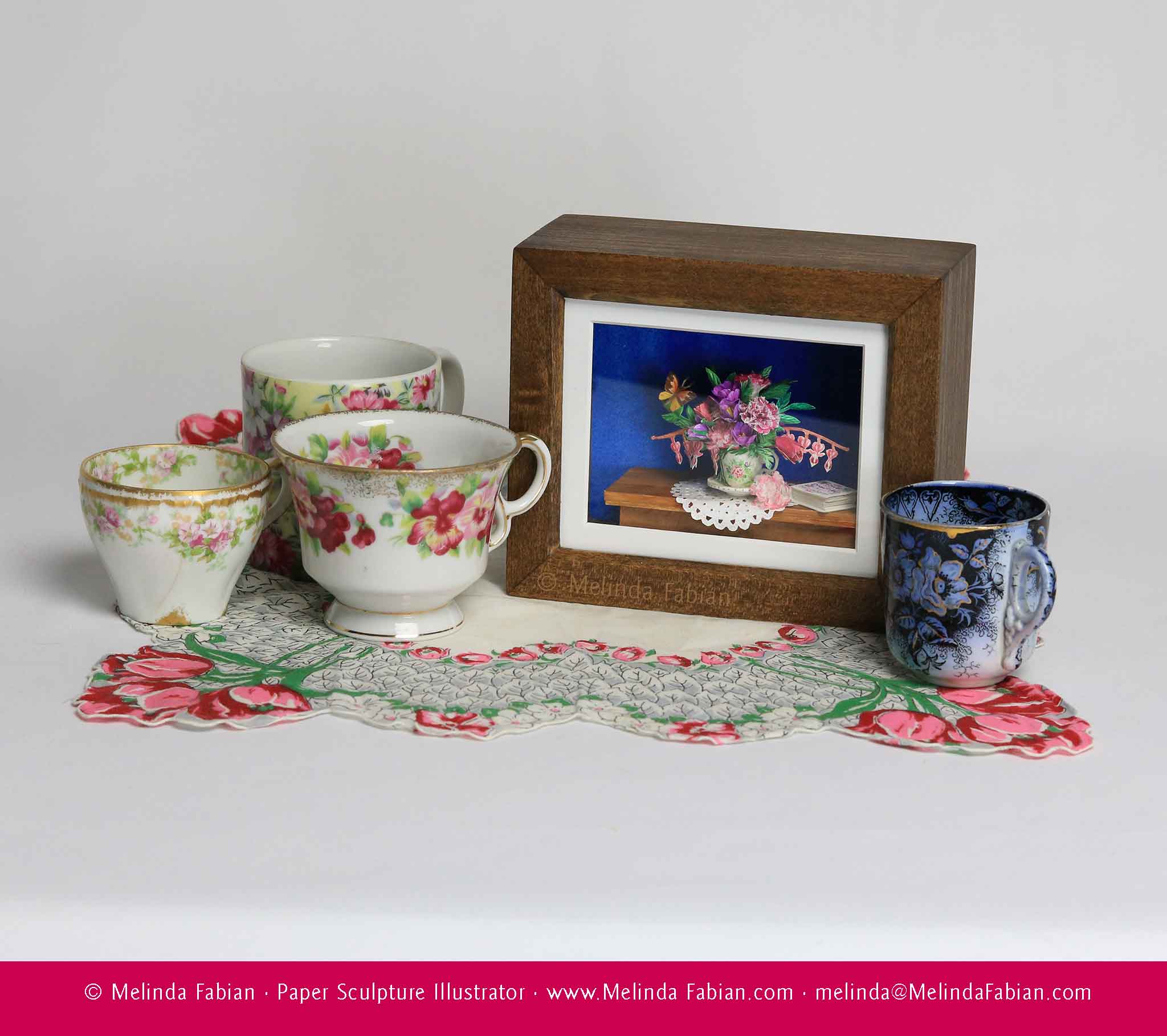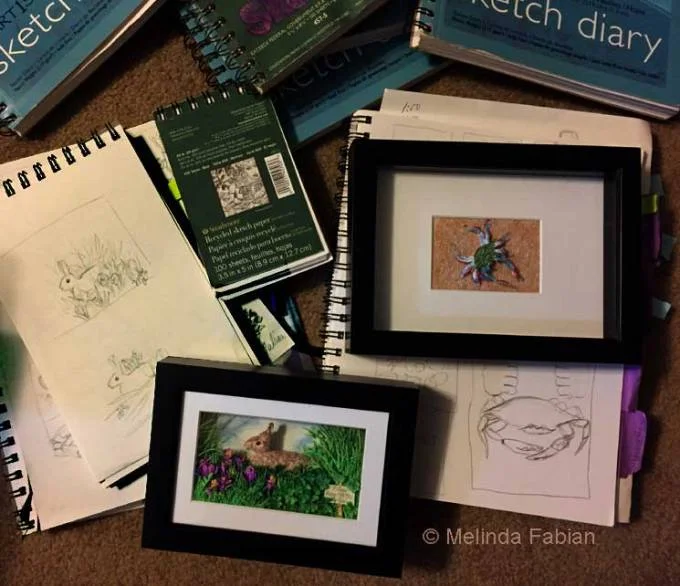Fun Leaf Collecting Activity for Kids — Great Reference for Artists
Looking for a fun activity that you can do with your children or grandchildren? You can enjoy an afternoon discovering nature and help them with their writing and researching skills!
Looking for a fun activity that you can do with your children or grandchildren? You can enjoy an afternoon discovering nature and help them with their writing and researching skills! Of course, there will have to be some art involved too.
When I was researching and planning out my next 3D paper sculpture, I started to gather up my reference materials. As soon as I pulled out my old scrapbook, it brought back a lot of fun memories.
When my children were young, we enjoyed collecting leaves and acorns that were plentiful in our backyard. We would comment about the shape and the colors of the leaves. We especially enjoyed looking for leaves in the fall season — trying to find the best leaf possible. Sometimes the kids would hunt for the most colorful red, yellow or orange leaf, and another time they would hunt for who could find the largest or the smallest leaf.
When we would go back in the house, I would get out the scrapbook and my many tree and leaf reference books. My children would flip through the pages of the books to identify which leaf they found. We had quite a few different types of oak trees and maple trees to identify. Along with sassafras, sourwood and even a big tulip leaf. I can’t believe how big those leaves grow – it takes up almost the entire page in the scrapbook.
After we would all agree we identified the leaf correctly, we would carefully tape the leaf inside the scrapbook, making sure it stayed flat. Then we would take turns writing the name of the leaf on the page so we could remember the name and identify the leaves. Of course, we would also get out our pencils and crayons and trace or draw a few leaves too. After all, my fridge always seemed to need a new piece of art!
It was always such a good activity I enjoyed playing with my children. We got to “play” outside, exploring for a bit, and then go inside, and continue onto another project that all related to the environment and leaf collecting. Little did they know, I kept that scrapbook all these years and the leaves still look good!
I love seeing the pages where my children printed the names of the leaves when they were beginning to learn how to print and write their letters. Of course, those are my favorite pages! The other thing they didn’t know or realize at the time is the leaf collecting project became a wonderful scrapbook filled with reference material in it for me to refer back to time and time again, whenever I need to draw or paint a leaf. I think it is amazing how good all these leaves still look after all these years. And I still refer back to it!
Where did I come up with this idea? My mom of course! We used to flatten flowers or leaves inside a big heavy book, like an old encyclopedia, squishing the plant between two sheets of wax paper. We would check on it a few weeks later after it had time to dry. Every once in a while, you’d forget that you “hid” a flower inside a book, and years later, flipping through a book, a flower or leaf might fall out, which of course would always make us laugh. While we didn’t identify them and create one big scrapbook, my mom’s idea was definitely passed down to me.
Well, I hope this gives you some more ideas of things to do with your children or grandchildren. It is a very fun way to enjoy and learn about nature and our environment, too!
Giving My Grandfather's Sprinkling Can New Life
This old sprinkling can has moved with me many times to different locations — to different states and from house to house.
What do you see when you look at this photo? An old, tired rusty sprinkling can that has seen better days? A sprinkling can that should be tossed in the trash? An antique? Character?
This old sprinkling can has moved with me many times to different locations — to different states and from house to house. I keep thinking that one of these days, I am going to plant some flowers in it and it would make a pretty neat-looking planter inside my house. Or at least that is my excuse for not throwing it out.
The real reason I’ve kept it all these years is that when I look at that sprinkling can, I see a sprinkling can with a story behind it. Let me explain. This isn’t just any old sprinkling can. It was my grandfather’s, so when I look at it, my first thought is of him.
My grandfather was a kind person that I looked up to and looked forward to seeing every day. He took great pride in owning his own home and caring for his home and the people he loved. He was very meticulous about his lawn. The grass was always mowed to a perfect height; the sidewalks were edged -- no grass would dare grow past its boundary lines into the sidewalks and certainly no grass would grow between the sidewalk cracks.
He would fill up this sprinkling can from the outside faucet or sometimes use the garden hose to fill it up with water. He would water the beautiful flowers lining the patio — impatients or geraniums in the planters that set on the cement floor of the large patio and beautiful hanging baskets of impatients or begonia flowers surrounding the patio where we would sit outside during the summer months on the metal swings and listen to my grandparents talk about their day or about their family.
It may sound silly, having that entire story from just one old sprinkling can. But I think we all have memories that can be triggered from just looking at a small item from the past. Maybe it is an old piece of jewelry, your grandmother’s rolling pin or a serving dish that came out every holiday. You aren’t keeping that item because of the physical item. You are most likely keeping it because it reminds you of your loved one and fond memories.
I decided I wanted to make this antique sprinkling can a centerpiece for a paper sculpture, filing it with a bouquet of beautiful flowers, similar to the idea I have in mind for using it as a planter for house plants. Here is a behind-the-scenes look at making a paper sculpture.
First, I bought a potted red flower that just happened to be planted in a red sprinkling can, which I thought was a funny coincidence. I also picked up some gardening gloves and a couple of gardening tools. I arranged the items in a variety of different set-ups and took lots of reference photos with Pappy’s old green sprinkling can setting behind the other props. I shot the photos from different directions and from different angles.
Next, I was ready to get to work on this 3D paper sculpture. OK, not so fast! I needed more flowers! Yes, it is true, I never turn down an excuse to buy more flowers. But really, I needed to add more color to this sprinkling can picture. So, off to the store I went once again, searching for a variety of flowers to fill up my sprinkling can. Once I got them home, I took more reference photos.
As is usually the case with art, as you start working on your design, it evolves during the process, and that was the case here. I originally thought I would show the sprinkling can with one potted plant inside it, but after searching for different types of flowers — they are so beautiful and loved the colors — I decided to change it from a single potted plant to a bouquet of fresh-cut flowers filling up the sprinkling can.
I did a quick little watercolor sketch of the bouquet of flowers inside the sprinkling can and now the real fun begins! I get to start the paper sculpture part.
My 3D paper sculptures begin as white paper that is painted in watercolor and gouache. I started working on different elements that would be included in the final design, like the sprinkling can, gloves and spade. In the photos below, the pieces are setting on the wood base that the items will eventually be attached to. There is a glass dome that goes overtop of the sculpture to protect it.
Here are some in progress photos to give you an idea of what the little objects looked like in the beginning before they got painted. As you can see, I already painted a light shade of green onto the sprinkling can. The sprinkling can was difficult to construct out of just paper, especially the spout. On the one photo, I included an old penny sitting on the left side of the wood base to give you an idea of the scale of the piece.
Each little flower petal was cut out and painted. Even the grass was cut by hand. In the final piece, I wasn’t able to fit the little trowel onto the wood base and cover the final design with the glass dome. Instead, I drew up a couple of seed packets and added them into the final sculpture.
I also wanted to add a little buzzing bee to the piece. I like that it is not the first thing you will notice when you look at this piece and you have to find it among the flowers, just like in real life. Because of the bee, I thought it would be appropriate to title this paper sculpture, “Busy As a Bee.” I liked the play on words.
Miniature ‘Stars and Costars’ Under the Sea
I enjoy collecting seashells and have many different varieties. Some of them are small enough that I can display them in old printer drawers. One of my recent paper sculpture illustrations was inspired by some of the shells I have collected over the years.
I enjoy collecting seashells and have many different varieties. Some of them are small enough that I can display them in old printer drawers. One of my recent paper sculpture illustrations was inspired by some of the shells I have collected over the years.
This miniature paper sculpture illustration is three-dimensional. The shells come up and out of the piece of paper and are quite small. Even the sand on the beach is made of paper that was cut by hand and then painted in watercolor and gouache. The outside frame measures just 3.5 inches by 4.5 inches.
Sometimes when I’m working on a miniature painting such as this one, I use a 000 brush with just has a few short bristles. This allows me to add a lot of detail on such a small scale. The brush marks that I need to make are tiny, so I can only put a small amount of paint on the bristles.
By the time I move the brush from the paint to the painting, the paint is already completely dry. In order to remedy that, I will sometimes mix the paints right on the side of my hand. Then I can quickly move the brush immediately to the painting to add the necessary details. This is one of the adjustments I (and probably many others) make when working in such fine details in miniature art.
Here is a photo of me working on the “Stars and Costars” painting.
I wanted to really emphasize the colors and exaggerate the brightness of the shells, drawing attention to their beauty. I also imagine there are still many more “star and costar” shells under the sea that are yet to be discovered, waiting to show off all their glorious colors under the sea.
Discovering a Moment in Time at an Online Art Gallery
Have you visited an online art gallery recently? It is wonderful that we have the ability now to visit museums in this way, in the comfort of our home during this time when we aren’t able to travel.
Have you visited an online art gallery recently? It is wonderful that we have the ability now to visit museums in this way, in the comfort of our home during this time when we aren’t able to travel.
For today’s blog, I was going to write about artist Joseph M. W. Turner, a famous oil painter. I was always drawn to the skies in his paintings because of the colors and the light. So I recently headed over to the National Gallery of Art’s website. I searched through a list of artists under the heading “collection highlights” until I came across one of his instantly recognizable works. However, another painting caught my eye too.
The painting, titled “Young Girl Reading,” was by Jean Honoré Fragonard, an artist I was not familiar with. The painting depicts a young girl reading her book. She looks as though she is totally engaged in her book, not even noticing anything else going on around her. Fragonard seemed to capture a moment in time with this oil painting.
The vibrant color of the young girl’s yellow dress was also a surprise. So often in the old master paintings, I often feel like the colors are dark and dreary. This painting seems so different, and I thought it had a very illustrative feel to it, which I am of course also drawn to.
“Young Girl Reading” by Jean Honoré Fragonard (Image courtesy of the National Gallery of Art)
After a little more reading, I discovered that Fragonard was a French oil painter in the middle to late 1700s and was one of the most prominent French painters at that time. He used quick brush strokes and bright, vibrant colors in many portraits in his fantasy figures series.
I like the expression his figures have, especially their eyes. Fragonard seemed to be able to capture expressions — just at the right moment — to portray that perfect look in the scene.
I hope you take a few moments to visit one of the online galleries. You may discover a new artist that you enjoy seeing, just like I did. Not to mention, looking at art can be a nice way to relax and enjoy the moment.
Why I Wanted to Be an Artist
I always knew I wanted to be an artist. I can’t imagine doing anything else.
Somehow I feel I have lots and lots of ideas as to what I’d like to make and do with my art. But I struggle when it is time to write a blog. Once in awhile I may feel inspired and can think of what to write about. But more often than not, I end up asking others (my daughter), “What should I blog about?”
One of the topics she suggested was writing about why I wanted to be an artist. That’s a good question.
I always knew I wanted to be an artist. I can’t imagine doing anything else. Being an artist is who I am. It is something that I have to do — it brings me so much joy and peace when I am creating and making something. But it is also something deeper than that. I want to share my love of art with others.
My biggest hope is that through my art, I will give someone else some happiness and joy in their life too. There’s nothing that feels better than when I hear a child exclaim, “Wow, that’s so cool!” Or when someone is so fascinated by a final piece that they want to know how I created it. Or when I can see how much someone loves owning one of my pieces.
I’ve always had that need to create and make something. And I was also brought up in a family that encouraged all of us to be creative. There were a lot of art and craft projects going on as I grew up — every birthday and holiday was an excuse to get out the construction paper, markers and crayons, sequins, and whatever else was in the box of crafts.
My mom never minded the messy little scraps of paper or dried noodles that might have gone flying off the table onto the floor. I approached creative projects the same way my children: create, glue, paste, draw, build, experiment and we will clean it up when we are done. My kids also had the best stories to go along with their pictures.
Even if I wasn’t brought up in a house that was gluing felt and rick rack to my grandmother’s birthday card, I am still positive I would still be an artist. But perhaps those fond memories of crafting at the kitchen table is one reason why I also love to illustrate for children’s publications and add an element of surprise to everything I create.
Blooming Paper Sculpture Irises
Flowers are a fun thing to make out of paper, especially because there are so many varieties to choose from.
Flowers are a fun thing to make out of paper, especially because there are so many varieties to choose from. It is nice to make paper sculpture flowers when the real plants are blooming so you have great reference photos to choose from.
This year, my white iris seems to be standing extra tall in the flower bed and look larger than I remember them being from previous years. And because they stood out, it only seemed natural I should include some irises in my upcoming art installation, “Charming Victorian Country Garden Retreat,” in Paper Works at the Mansion at Strathmore in fall 2020.
My art installation for the Paper Works show will be the largest piece I have ever done to date, and it’s taken more than a year to complete. Despite the size of the installation, I don’t want to lose the details or color I bring to all of my paper sculpture work. That’s why you can expect to see many different flowers in the installation.
When I was making the paper sculpture version of these irises, I brought in one of the stalks from my real iris plant so I could get a closer look at them. They do not last very long inside — just a day or two. Even though I am working from a white iris for what will eventually have more color, it is still helpful see a live flower for reference.
When figuring out how to make something out of paper, it is similar to when I draw something. I have to check out the subject carefully, breaking it down into simpler shapes. It’s often easiest to start with the smallest elements. For instance, with the iris, instead of looking at the entire flower bud, I examined the shape of the petals: Are they round, oval or triangular shaped? I then cut those basic shapes out of paper free hand.
By cutting free-hand, I can ensure each flower I make is completely individual and unique. Though there are thousands of flower petals in my “Charming Victorian Country Garden Retreat” installation, they are all cut by hand. While it may have been faster to automate the process with a laser cutter, for instance, I wanted to capture the true artistry of nature — every petal is slightly different.
Irises come in a large variety of colors, and since I love working in an array of bright colors, I couldn’t help but make some using purples. I looked through my photo files and came across some purple iris flowers that I could reference.
And here is just one of the final paper sculpture irises, completely hand-sculpted out of paper and painting using watercolor and gouache. You can see this — and many other — flowers up close at the Paper Works show at the Mansion at Strathmore in Bethesda, Maryland. The show will run from Sept. 8 to Oct. 31, 2020.
The Real Cat Supermodels Who Inspire My Work
Here’s just a few of the illustrations and paper sculptures where my supermodels were the inspiration. See if you can match the illustration to the cat!
Did you know that I use supermodels for some of my paper sculpture reference materials? Yes, that’s right, and I would like to show you some of the most famous models you’ll see pop up in my work right here.
First, we have Molly. An adorable calico cat who looks more like a large kitten than an adult-sized cat who is about 10 years old. She is polydactyl and has extra toes on her front paws, which just adds to her cuteness. I call her my studio cat.
She loves to come and check up on me first thing in the morning and throughout the day. She also loves to distract me and insists I stop working and let her sit on my lap while she purrs loudly. Honestly, it’s always a nice distraction for both of us. When she’s not “assisting” at my desk, she keeps me company curled up in front of the fireplace or sitting by the windows.
Next up, we have Tube Socks, the biggest orange tabby in the group of supermodels. He got his name because when he was a kitten, the stripes on his front legs looked like he was wearing tube socks — those white gym socks with the colored bands at the top. The dark orange stripes on his legs have faded somewhat with age.
We have nicknamed him a puppy cat because he follows my husband around the house. At night, Tube Socks will meow and meow, until he hears us say, “Goodnight Tube Socks!” Then he curls up and goes to sleep. How cute is that?
Next we have Peanut and Cricket, orange cats, who, along with Tube Socks, are brothers. They live with my daughter in Los Angeles, now big-time city cats in Hollywood. Cricket most recently posed for my furry cat that will be included in my installation during the Paper Works show at The Mansion at Strathmore this summer.
I often refer to our cats when I need to check out their eyes, ears, facial features or stripe patterns. They’re great live reference materials when I need to paper sculpt a cat and get their tricky features just right. Our cats make really great models. Here’s just a few of the illustrations and paper sculptures where my supermodels were the inspiration. See if you can match the illustration to the cat.
Finding Inspiration in Wisteria Flowers Blowing in the Breeze
Honoring the distant memories I find in these simple yet beautiful flowers adds more meaning and life to my paper sculptures.
Inspiration is all around us…
Gorgeous, light purple wisteria flowers blossoming in spring and early summer. Long, delicate lavender petals with a touch of white, dangling off their stems that grow like braided stalks.
One wisteria plant growing up the tall cherry tree next to the patio, creating a beautiful, peaceful, sweet-smelling sanctuary to relax in.
Another wisteria, standing on its own, growing in the side yard, reaching out and bending and twisting its vines growing in every direction, creating a picturesque backdrop for a photo shoot on a warm spring day.
Planting my favorite new wisteria at the base of the wood fence along the stream, paving the walkway with a beautiful view of lavender blossoms from the kitchen door, lining the path as you walk up to greet me at my home.
Memories often lead to the inspiration for many works of art. I know this is true about my own work. I find this is especially true with flowers. Creating an enriched, enchanted, idyllic scene like the ones I described above help me capture movement and beauty in every day moments.
Bringing those imagined memories to “life” with paper will never of course beat the beauty of mother nature, but honoring the distant memories I find in these simple yet beautiful flowers adds more meaning and life to my paper sculptures. Wisteria flowers just happen to be one of my favorites.
These wisteria flowers, crafted from paper and paint, will feature prominently in my upcoming art installation, “Charming Victorian Country Garden Retreat,” at The Mansion at Strathmore in 2020.
Paper Sculpting 'Dancing' Bleeding Hearts
One of my favorite flowers that you will see in many of my pieces are bleeding hearts.
One of my favorite flowers that you will see in many of my pieces are bleeding hearts. I have many reference photos of these beautiful pink heart-shaped flowers. Every spring when they start to bloom, I feel compelled to snap more photos of the beautiful, pink, bleeding hearts.
Because of the natural way these plants grow and the way the stem gently bends in an arc shape, makes it easy to use the flowers in a variety of compositions.
In my paper sculpture design “Crossing My Hearts,” I wanted the illustration to be a flat 2D painting and then have the flowers flow gently out of the paper into a three-dimensional painting. When you first look at the picture, it appears to be a two-dimensional piece, but then are surprised when you realize that the flowers are coming out of the background into the foreground.
I wanted to add a touch of humor to this piece, so I added the ants to look as though they are marching along, one after another, like ants do, all along the stem of the flower. Maybe they are getting ready to dance and do the mamba.
Turning a Cat Nap Into a Work of Art
When you see a sweet little cat nap, don’t you wish it could be you, sleeping peacefully at 2 in the afternoon?
When you see a sweet little cat nap, don’t you wish it could be you, sleeping peacefully at 2 in the afternoon? Life of a house cat. The only thing he has to worry about is, “When can I take another nap?” and “When is supper time?”
Those were a few of the things I was thinking about when I was painting this orange tabby cat sleeping peacefully in his favorite, blue-stuffed chair, not a care in the world!
This sleepy tabby is a flat, two-dimensional watercolor and gouache painting with a few three-dimensional elements added to the picture. His furry ear is popping out of the paper, and his whiskers and a few bits of fur here and there gives him some added 3D effect.
Why Norman Rockwell Is a Major Influence on My Artwork Goals
Norman Rockwell is just one of many illustrators that has influenced the type of art that I want to create.
One of the many things that I like about Norman Rockwell’s work is the subject matter. He depicted images of children playing — happy, pleasant scenes that often used humor within the illustrations to create images of an idyllic childhood.
Even though these scenes were most likely not what most people experienced growing up, it was certainly what people wished it was like or hoped it could be like. His illustrations make me feel happy and I imagine that his illustrations brought happiness to many people, even if only for a few minutes.
Of course I also like the character he was able to bring out in his models and the expressions on their faces. He was a master illustrator and had the ability to bring life into the characters he painted in his artwork.
Influenced by Norman Rockwell, I hope to be able to bring joy to people when they are viewing my art. My hope is that it will make them feel happy and hopefully make them smile. I like when someone looks at my paper sculptures and wonders, “How did she make that?” It creates a sense of fun.
Whether I am working on another Can You Find? hidden object puzzle or another paper sculpture illustration, one of my goals for my art is to make people happy and to create art that even your grandmother can view. Norman Rockwell is just one of many illustrators that has influenced the type of art that I want to create.
Finding Inspiration In the Graphic Art of M.C. Escher
How my beautiful 3D paper sculpture illustration of a peacock was inspired by the work of artist M.C. Escher.
One of the famous graphic artists I like is M.C. Escher. He is famous for his interesting lithographs and his use of tessellations in his art work. When I was first introduced to his art it reminded me of a puzzle. At first glance when you look at one of Escher’s pieces it looks almost “normal” but with closer observation, you realize what he drew is actually impossible, such as his work “Waterfall” or “Relativity.”
I like the humorous interactive elements in his drawings such as in “Reptiles” and “Drawing Hands.” These two have influenced my work. When I first began thinking about how I was going to seamlessly combine watercolor paint and paper sculpture, those two lithographs of Escher’s were something I thought about. His work is a flat lithograph but they look three-dimensional. In “Reptiles,” the creatures appear to actually walk right out of the paper. In “Drawing Hands,” the hands appear to come alive but are actually just a flat two-dimensional piece.
I like creating that play between a two-dimensional surface and how it will gradually grow into a three-dimensional surface. An example of this in my work is the paper sculpture illustration titled, “Peacock.”
This beautiful peacock is a flat painting in some areas, and then is gradually transformed into a 3D piece. My hope is that when viewing this paper sculpture illustration at a distance, it appears to be a flat painting. But then as you move in closer, those colorful peacock feathers are really 3D and coming right out of the paper!
M.C. Escher is just one of many artists that have influenced my work. Whether you’re an artist or not, we’re all touched by beautiful design — it could be hanging in a gallery, the printing on your favorite T-shirt or something you see online.
What artists have influenced your work? Let us know in the comments below!
Artwork Feature: Delicate 'Teacup in Spring' Ready for Tea Time
“Teacup in Spring” is framed in a hand-made, custom wood frame and the image is only 3.75” x 2.75” x 1.25” deep.
I love beautiful flowers in pinks and purples, butterflies and antique teacups. Influenced by botanical art, beautiful decorative floral wall art, and the Dutch floral artists of the 17th century, I felt inspired to combine all of my favorite elements into one 3D paper sculpture, titled “Teacup in Spring.”
I like the shapes of antique china teacups, which are typically decorated in delicate floral motifs. I am drawn to the intricate shapes of the teacups and the flowers on the hand-painted teacups. I liked the idea of combining the teacup with a flower bouquet and of course, there had to be a butterfly that just happened to be visiting this spring bouquet.
The entire paper sculpture design is all created out of paper and paint. I took a photo of “Teacup in Spring” next to some antique teacups for size comparison. “Teacup in Spring” is framed in a hand-made, custom wood frame and the image is only 3.75” x 2.75” x 1.25” deep.
Finding Inspiration in the World of Master Painters
How taking the opportunity to view the work of old master painters helps me find inspiration in my own work.
During a visit to the J. Paul Getty Museum in Los Angeles, I remember seeing Dutch artist Jan van Huysum’s beautiful painting titled, “Vase of Flowers.” The oil painting looks almost like a photograph. The water droplets on the tulip, tiny ants, butterflies, vivid colors, composition, delicate flower petals, and the details are absolutely gorgeous!
I was so thankful I was able to see his painting in person. If you can’t make it for a visit, the Getty Museum has a great website for viewing these old masters paintings. You can really get a great feel for the painting even though its online. You can even zoom in on your favorite section of the painting as well.
I enjoy looking at the delicate flowing petals of the tulip with the water droplets on it. You would think the water droplet was real. An interesting note, van Huysum was very secretive about his methods of painting, and he wouldn’t allow other people in his studio, including his brothers, who were also artists.
I always think when you can see the size of artists’ original paintings in person it adds another level of interest. Sometimes I imagine a painting to be quite large, but then I am surprised to find out it is very small.
Taking the opportunity to view the work of old master painters helps me find inspiration in my own work. It gets those creative juices flowing and is a great reminder of all the beautiful expression that’s possible through great works of art.
Artwork Feature: Let the Artwork Fun Begin!
The inspiration for this artist’s box came from my memories of when I received my first wooden art box as a kid.
Looking through an artist’s wooden art box is like looking through treasured gifts. The next in my series of paper sculpture designs on art supplies, the inspiration for this artist’s box came from my memories of when I received my first wooden art box as a kid.
When I was 10 or 11 years old, my mom signed me up for art class. I started taking art classes from a local artist who also taught lessons on Saturday mornings to kids in her converted studio space in her basement. In the first couple of classes we started out drawing with charcoal, which I thought was so messy.
Then, we moved on to pastels and within a few weeks we started painting in oils. I was really excited the day my art teacher told me I could start working in oils. I couldn’t wait to be working in oils because that is what my oldest sister painted in.
It wasn’t too long after that when I received my very own wooden art box for a present. I was so thrilled! A wood art box — just like my sister had! Just like a REAL artist. It even had some new tubes of paint and a couple of brushes, a canvas and a pallet knife. My sister gave me a couple of her old used brushes as well.
I was so excited to have my very own art box, and it stayed with me for a long time as I started my professional art career. My original wood art box even went along with me to college. I still have my wooden art box, although I no longer use it for oil paints.
When I decided to create a paper sculpture of a wooden artist box I decided I wanted to fill the box with lots of art supplies. A wooden art box to an artist is like a treasure chest. You can’t wait to dive right in and check out all those cool new supplies just waiting there to be used.
Hopefully when you peer closely into the resulting piece, “Let the Fun Begin!,” it captures that beginner’s mind spirit — you can hardly wait to start having fun with all those new colorful art supplies stored in your wooden art box. In my paper-sculpted art box, even the “wood” box is made out of paper.
Why You Should Save Your Old Sketch Books
Hold onto all those old sketch books. They are filled with lots of ideas and reference material.
Hold onto all those old sketch books. They are filled with lots of ideas and reference material. I can't tell you have often I have gone back to look through my sketch books. There are lots of ideas of things I wanted to do, to create sketches of things I want to transfer into paper sculpture. Even the sketch books from 10 and 20 years ago are helpful. It can spark new ideas. It reminds you of where you've been and how far you've come. They contain material that can spark a nespark a new idea idea. Sometimes it is an idea I had 20 years ago but forgot about it, but now I can now grow upon that thought.
What hidden treasures do you have saved inside your old sketch books? Tell us in the comments below!

